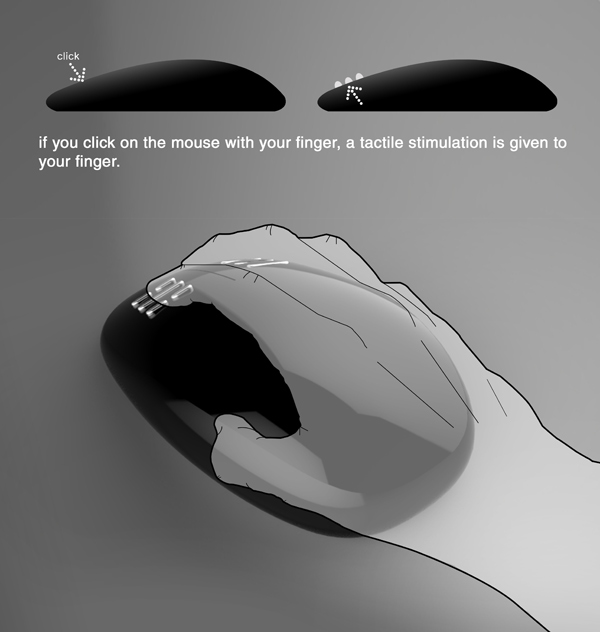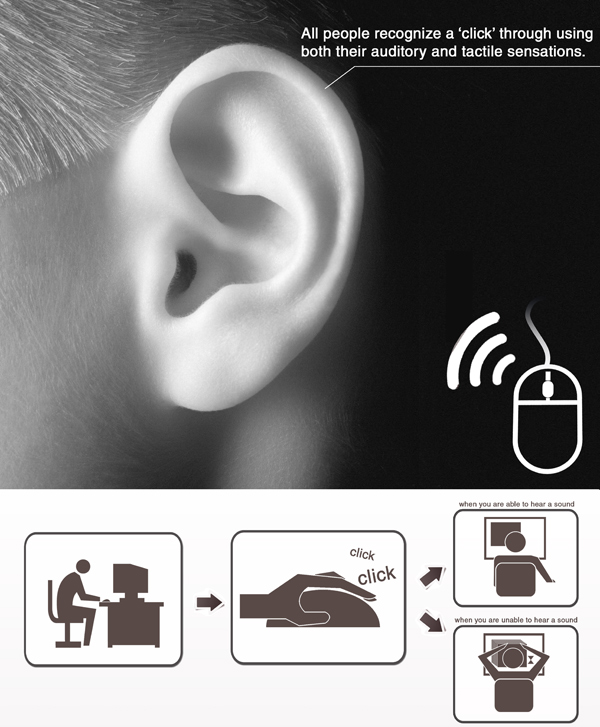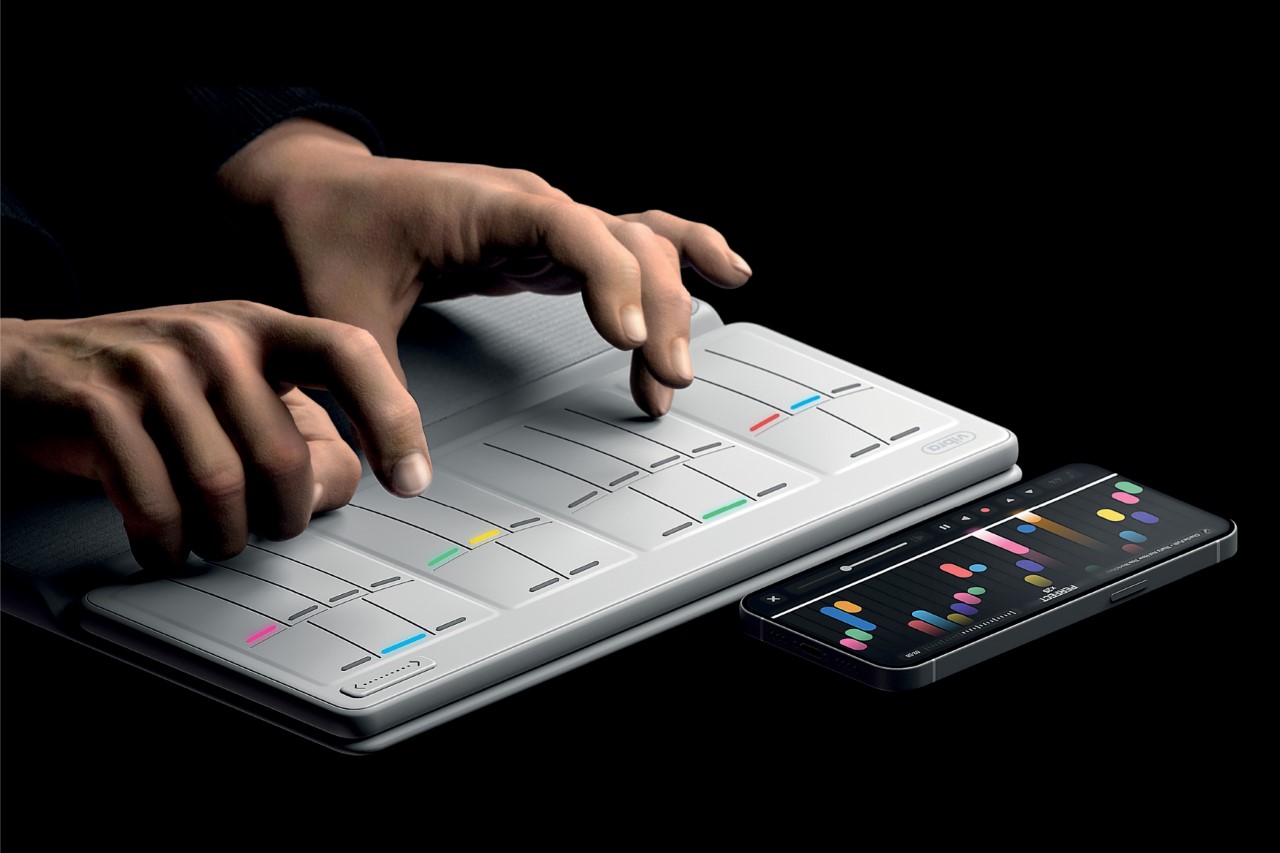
“Play by ear” as they commonly say, doesn’t really apply to people with hearing impairments. The most common example of a hearing-impaired musical genius remains Beethoven, who composed entire orchestral pieces by relying on what he remembered from a time when he could hear. By the time he reached the peak of his career, Beethoven was completely deaf, but his memory served him well when it came to playing music… not everyone today has that luxury, but the Vibra helps the hearing impaired play music by connecting the audio to other senses like touch and sight.
Designers: Ahn Taegwang, Go Yeongseok, Hwang Jimin, Lee Wonjae
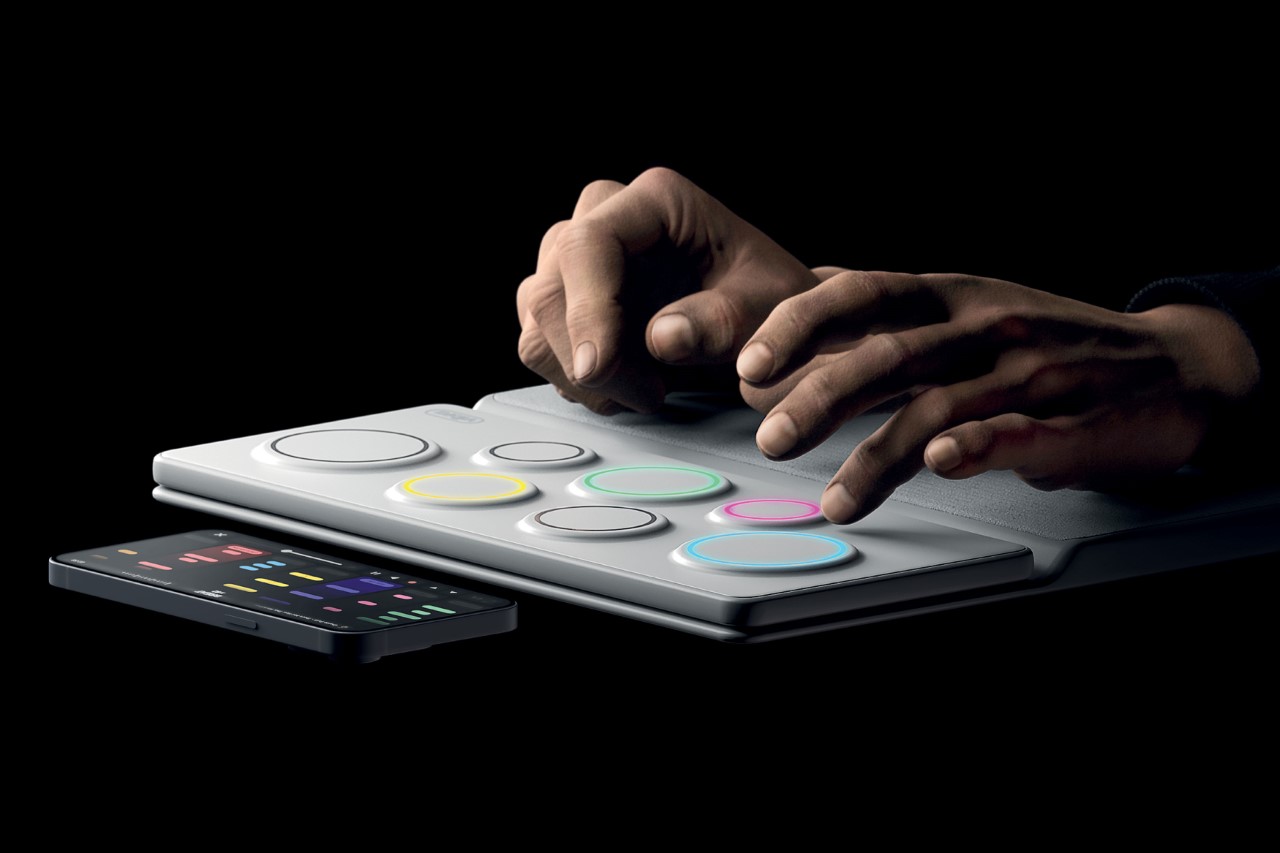
A winner of the Red Dot Design Concept Award, Vibra is a new instrument and service that can meet the musical needs of people with hearing impairments. Unlike traditional instruments that rely entirely on auditory feedback, Vibra relies on a combination of vibrations or haptic feedback, and visual cues like color and composition. The musical instrument comes with a modular design that serves the needs of multiple instruments, from key-based to percussive, string, and even electronic. It eventually pairs with an app that allows players to visualize their music. With a fair amount of visual training and consistent practice, hearing-impaired people can use the Vibra to play existing tunes and even compose new music entirely on their own.
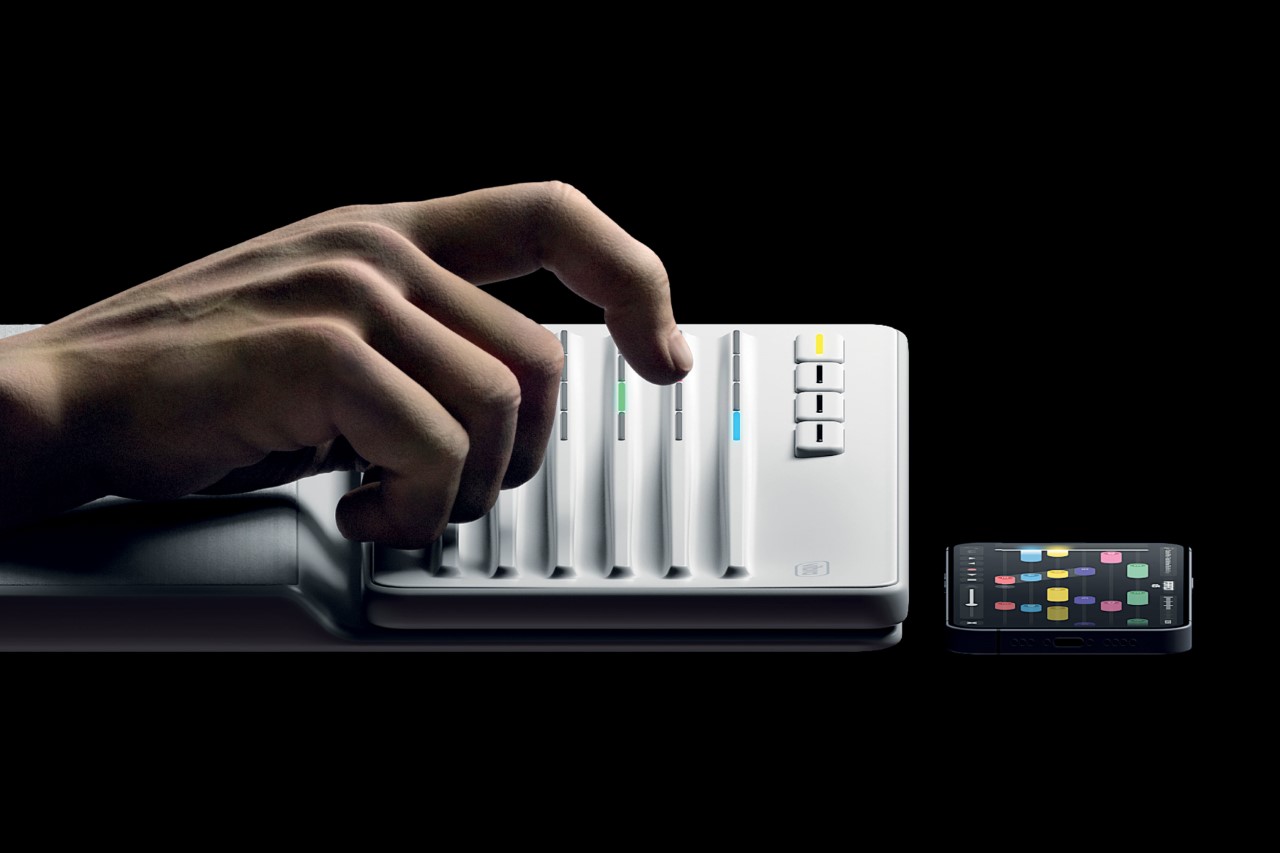
The companion app fills in the sensorial gaps left by the auditory impairment. It provides a visual interface that helps conceptualize sound in a graphic sense, allowing people to understand notes, chords, harmonies, and other complex theories through vision instead of sound. The app enables practice, helps users find which instrument they’re more comfortable playing, and also allows them to learn and practice how to play popular tunes!
The Vibra is a Winner of the Red Dot Award: Design Concept for the year 2023.
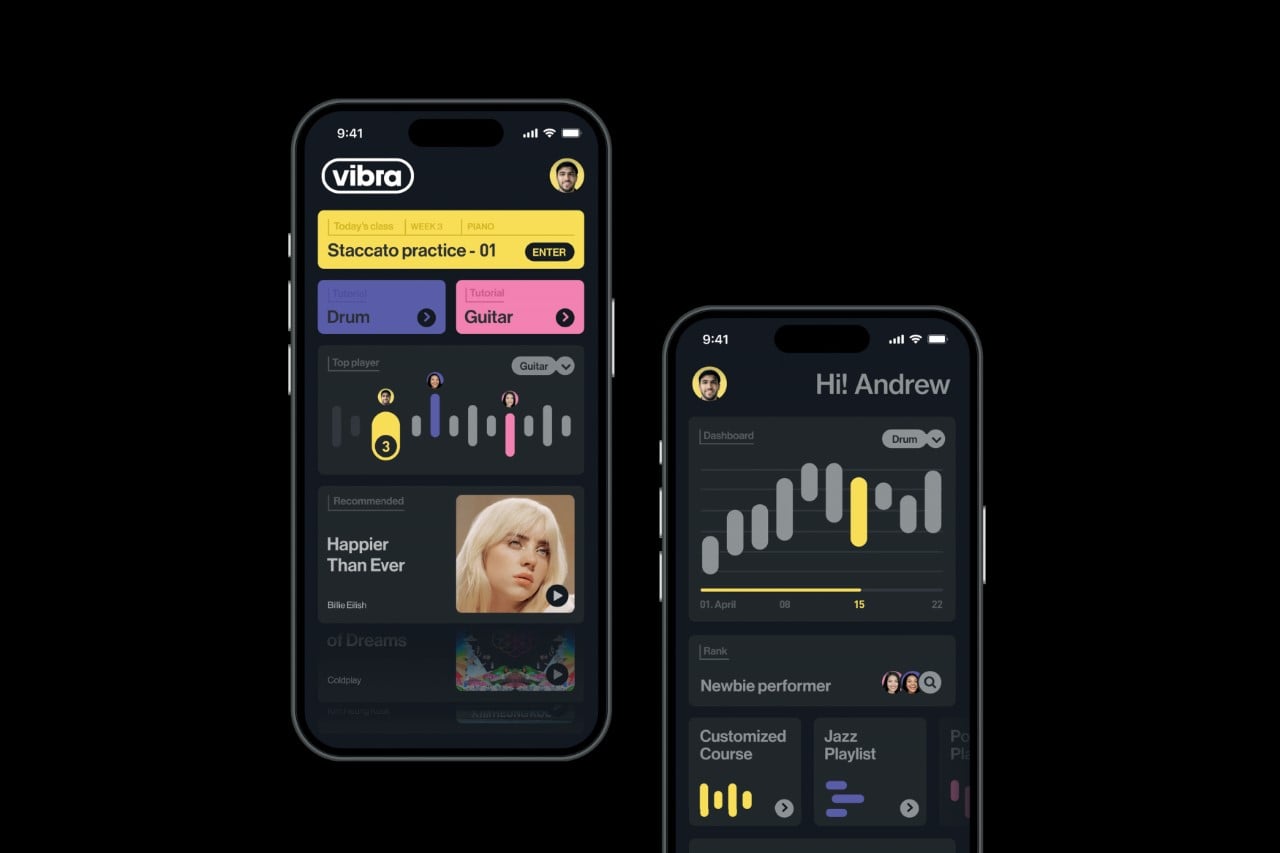
The post A Music Instrument for the Hearing Impaired: This Synth uses Tactile and Color Cues Instead of Sound first appeared on Yanko Design.
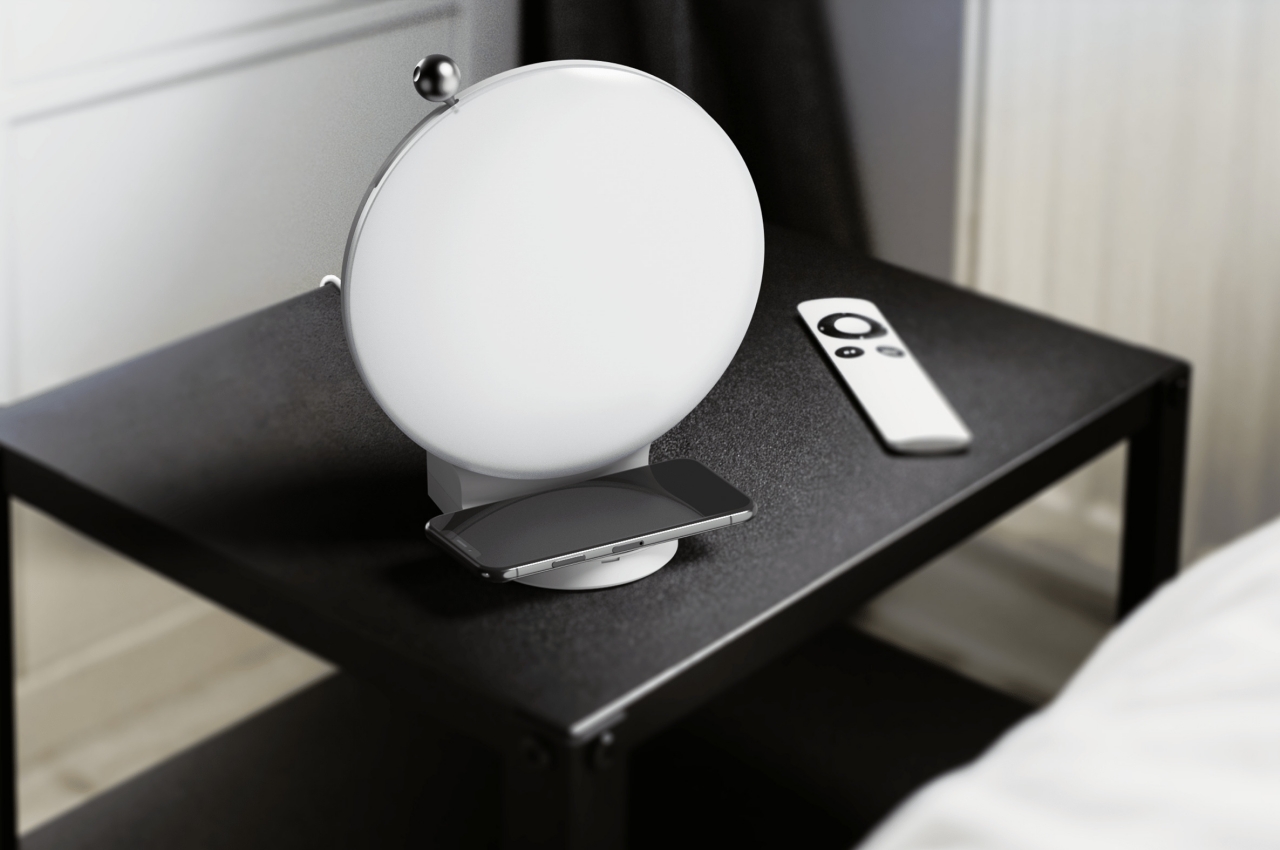

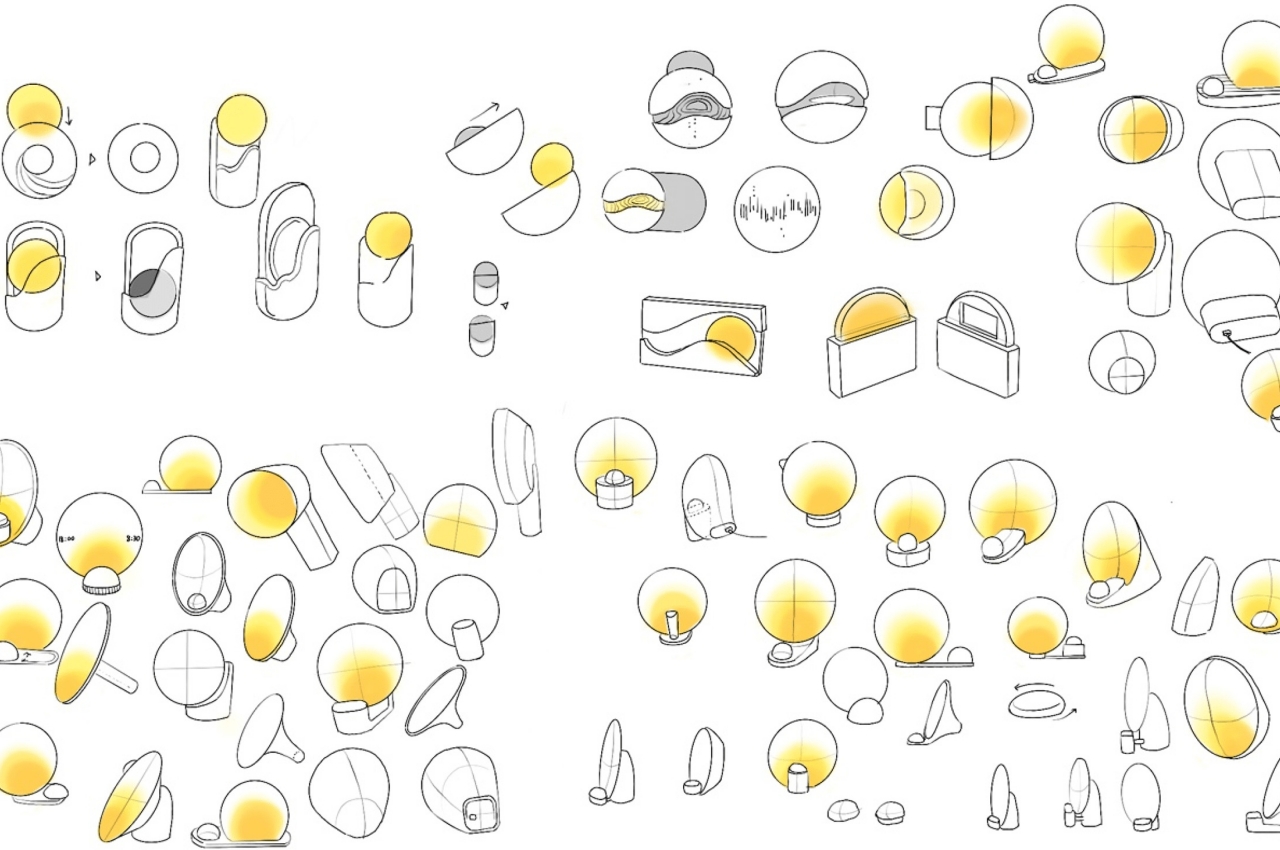
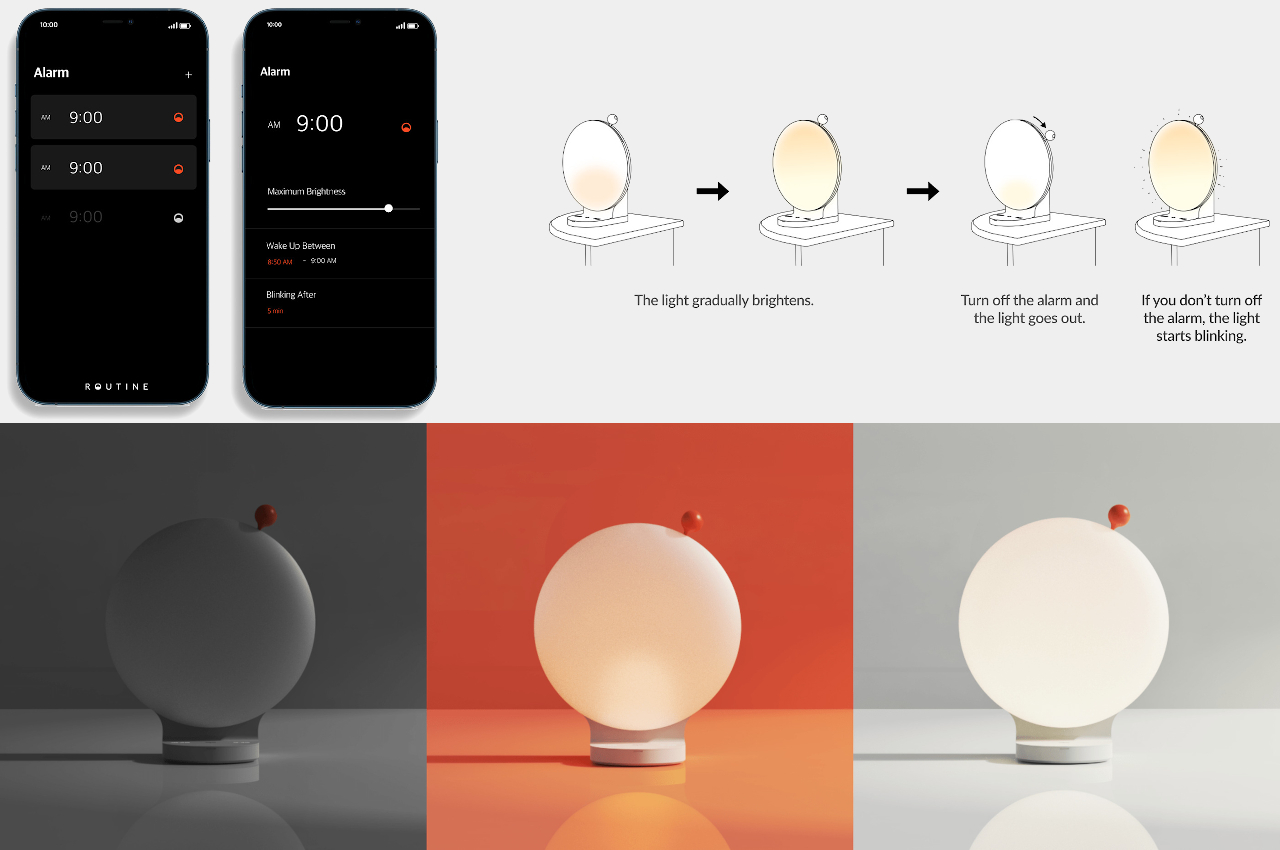

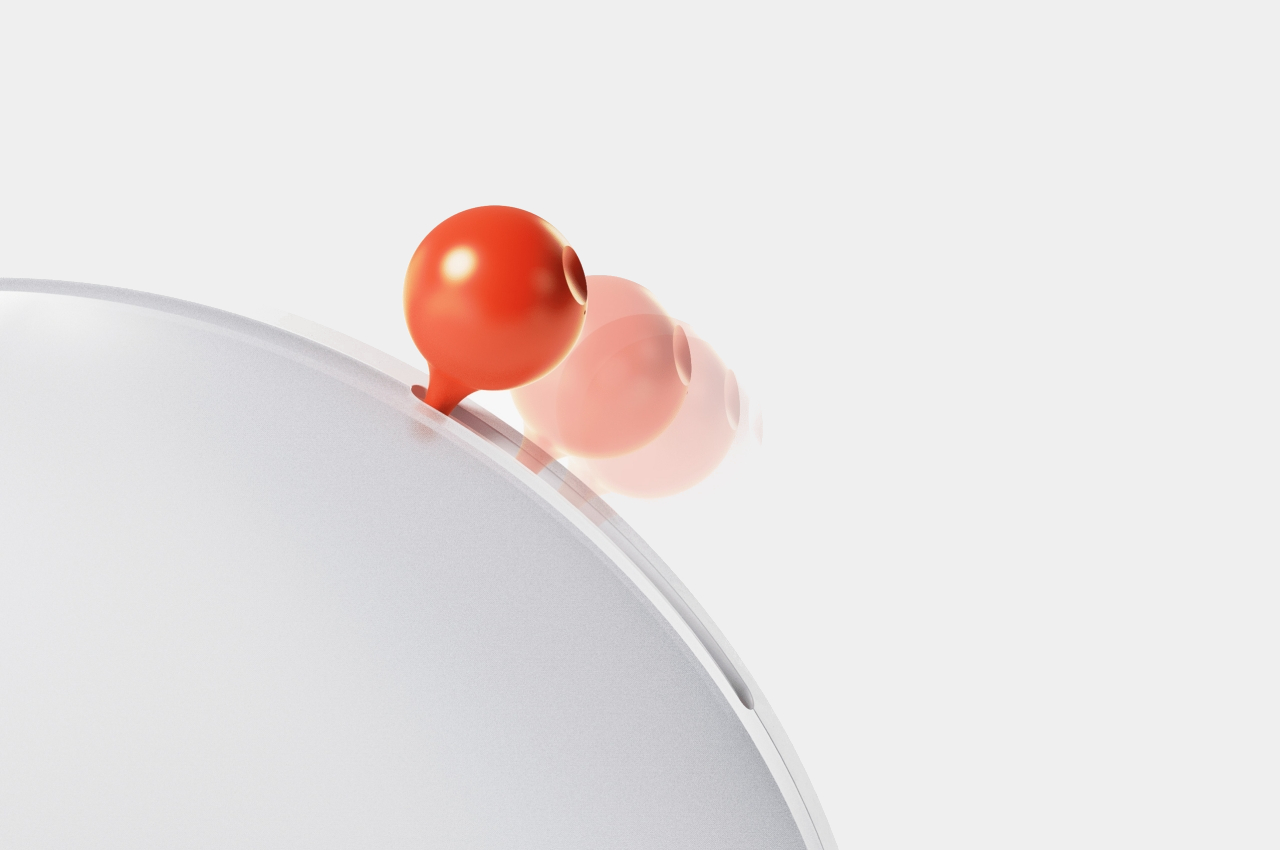
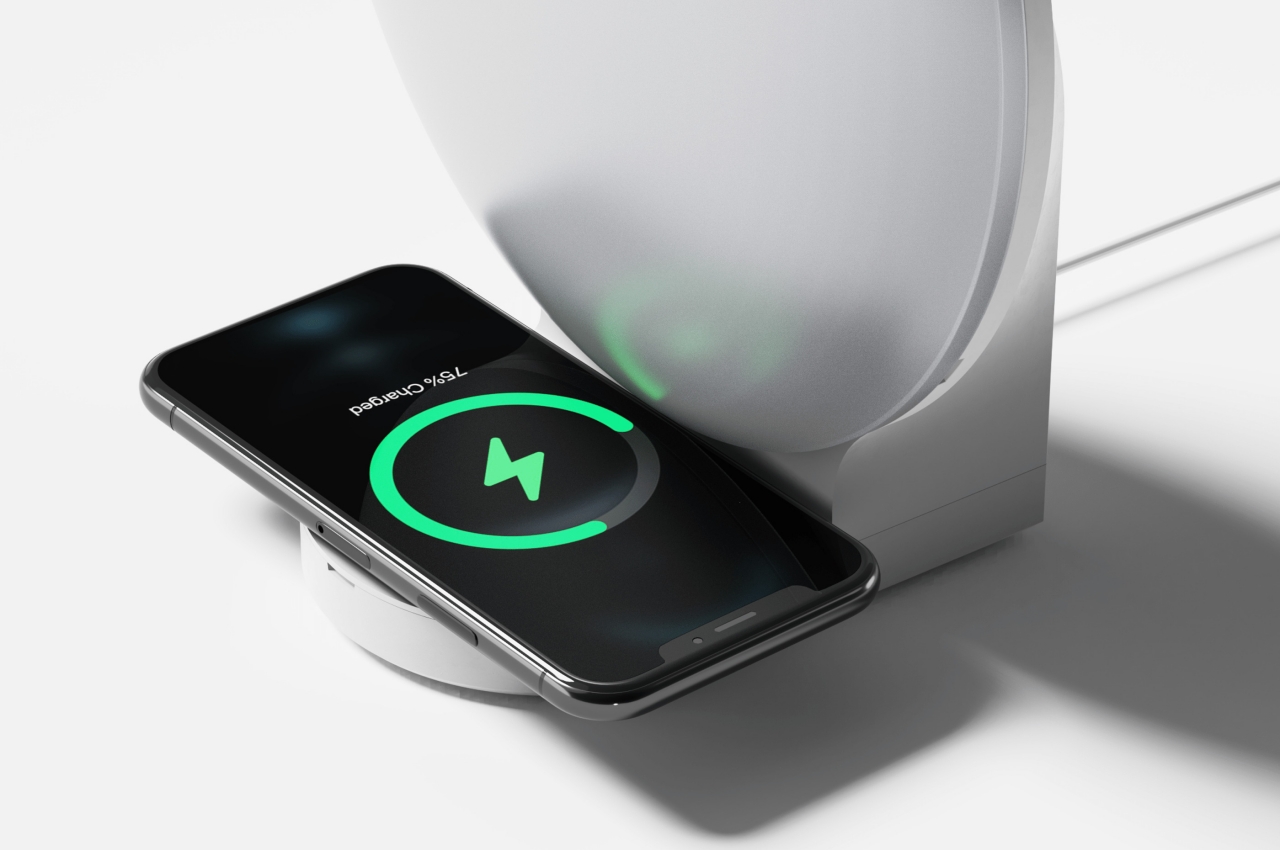
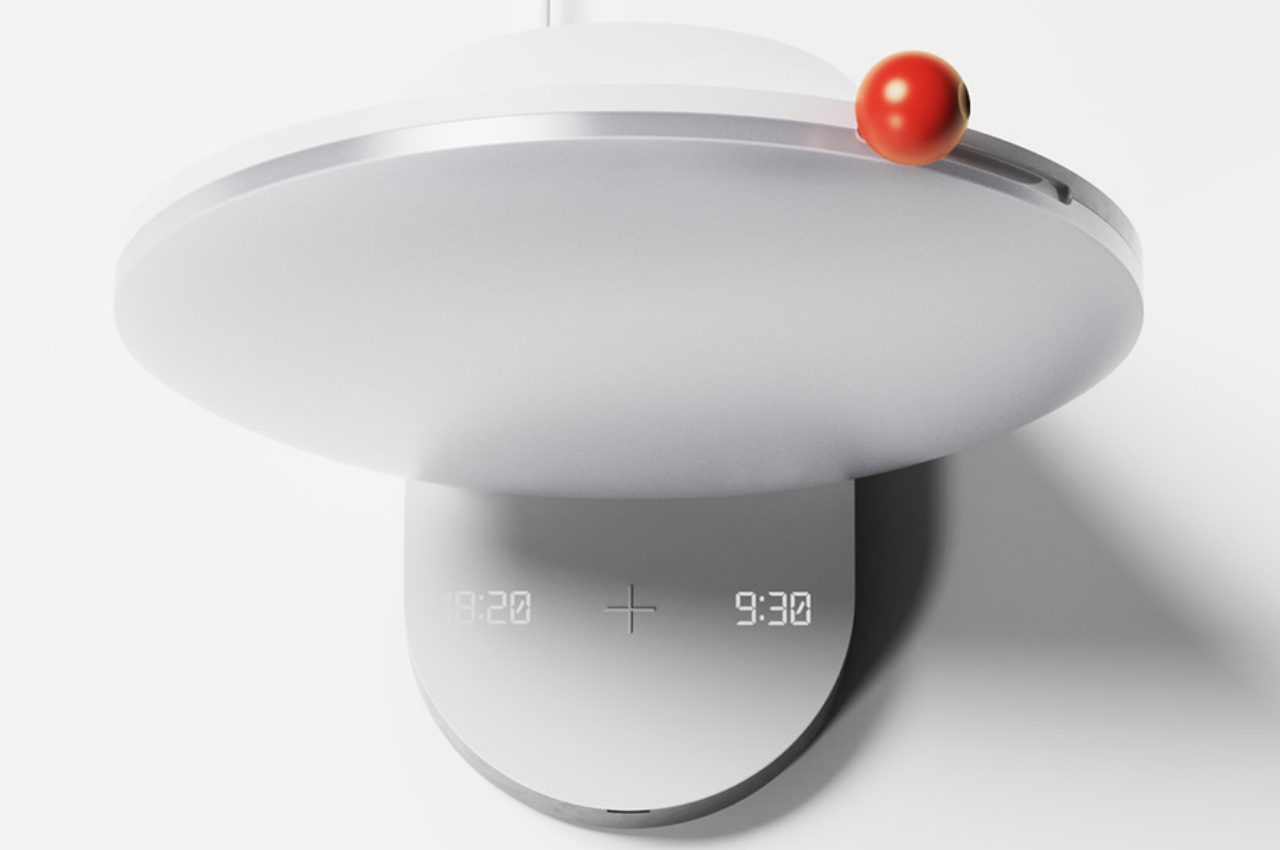
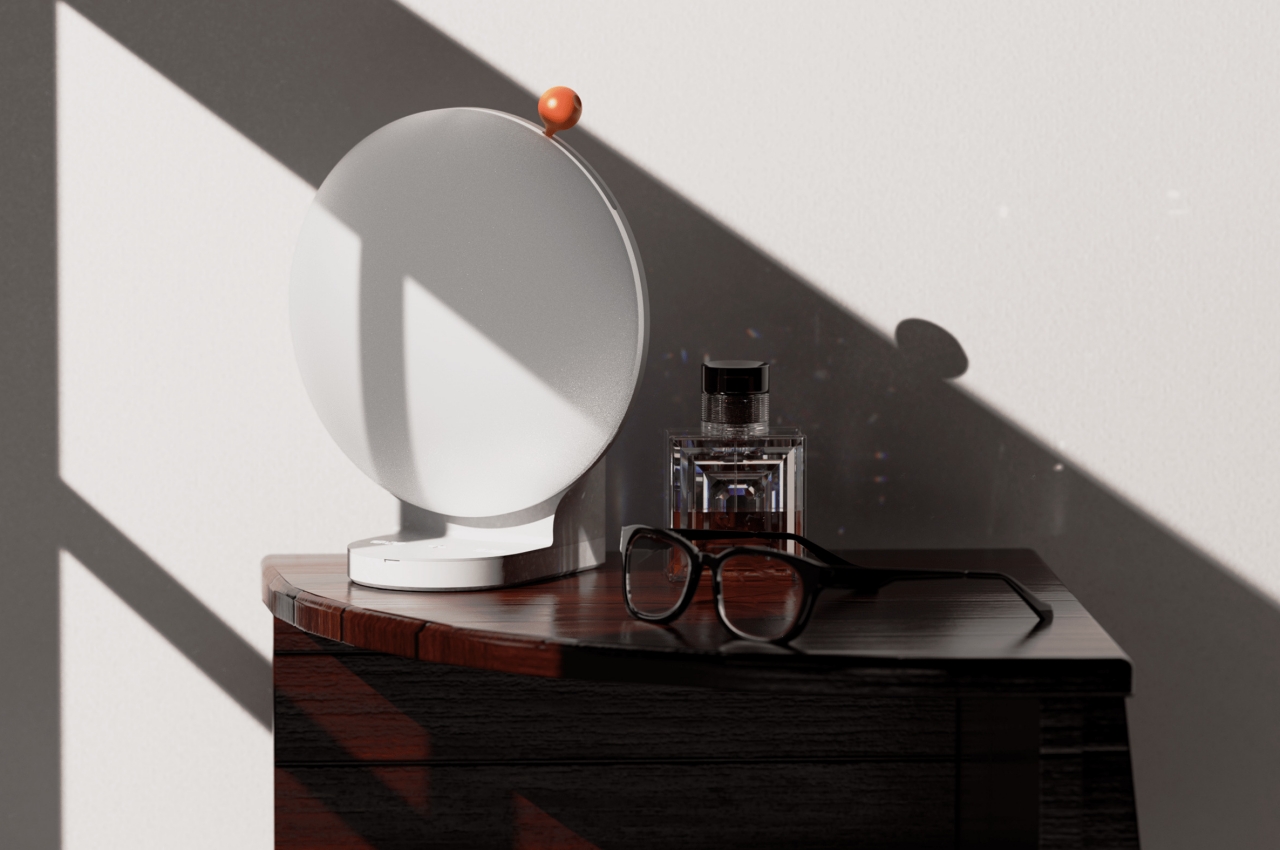
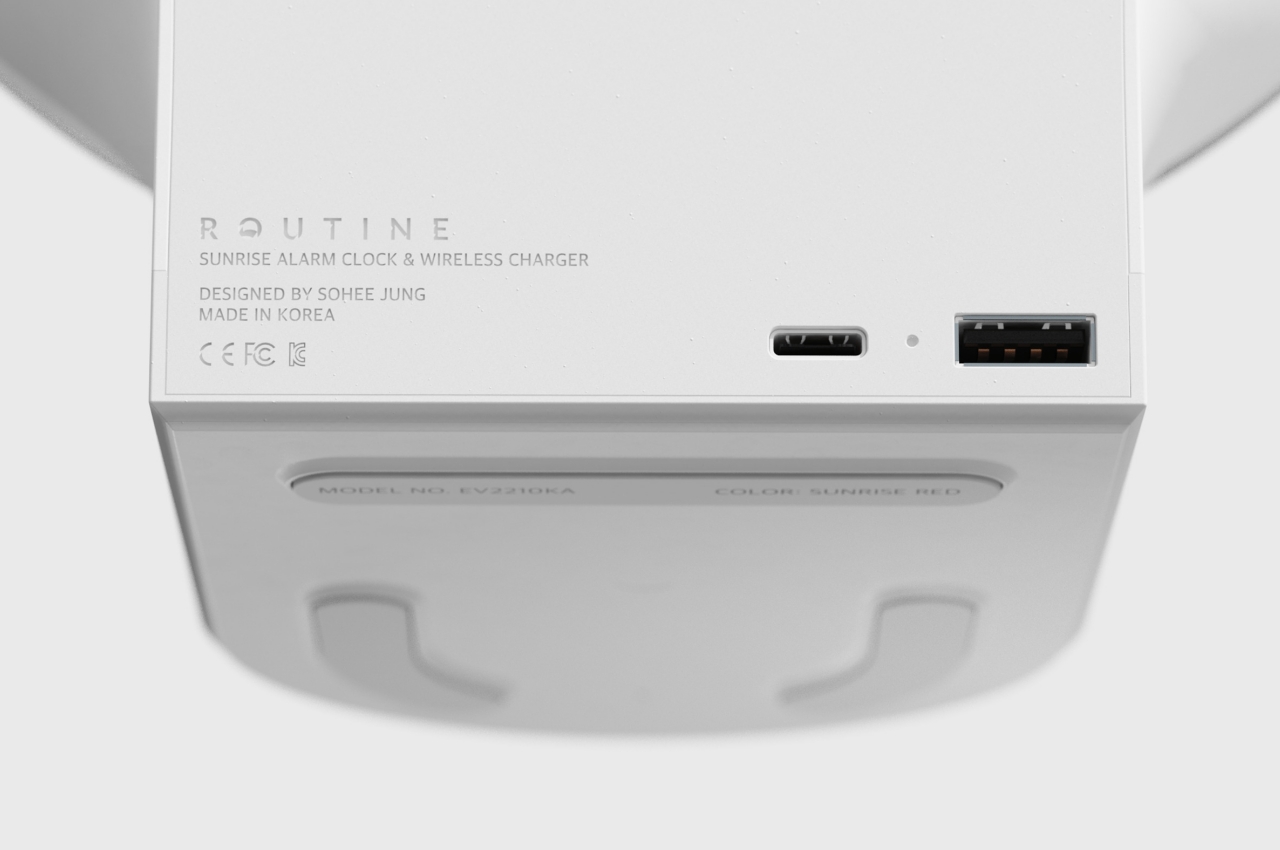
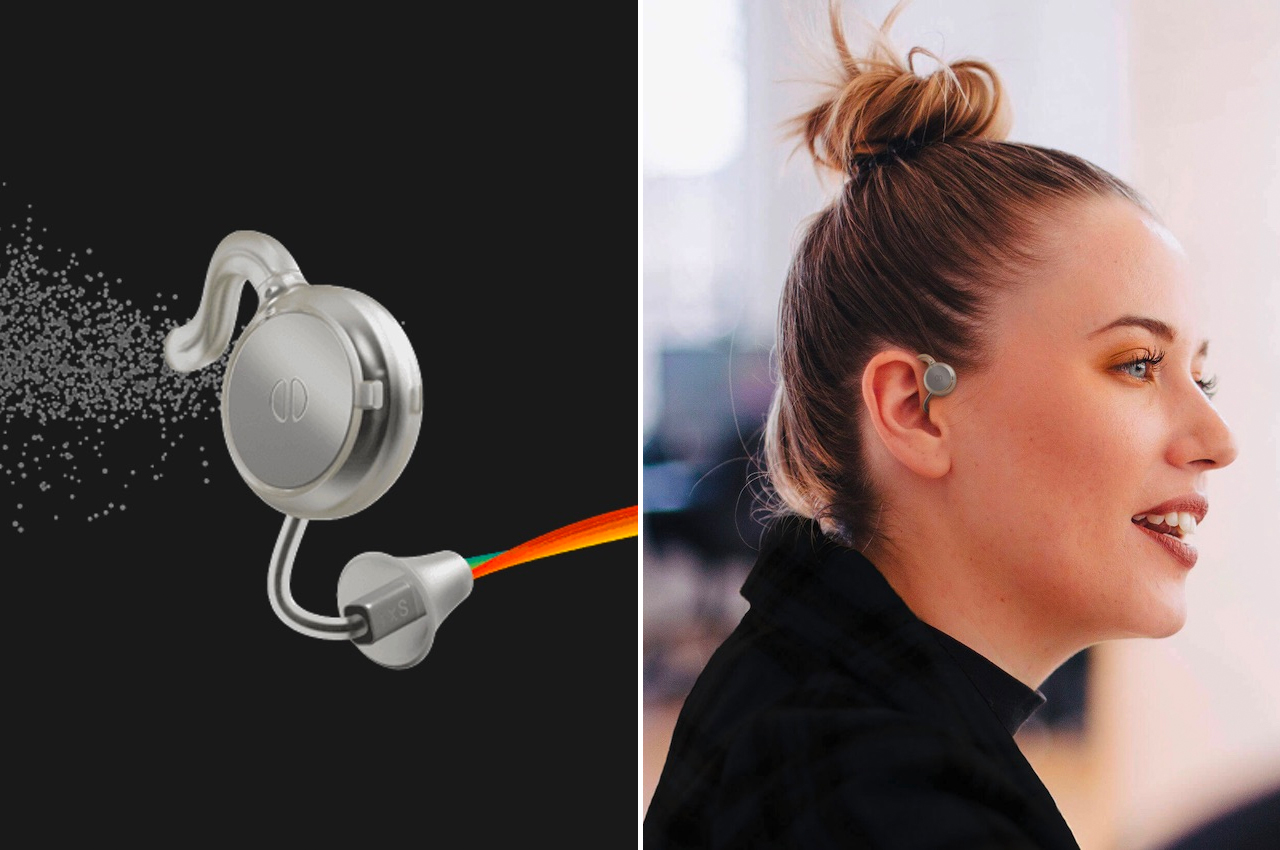

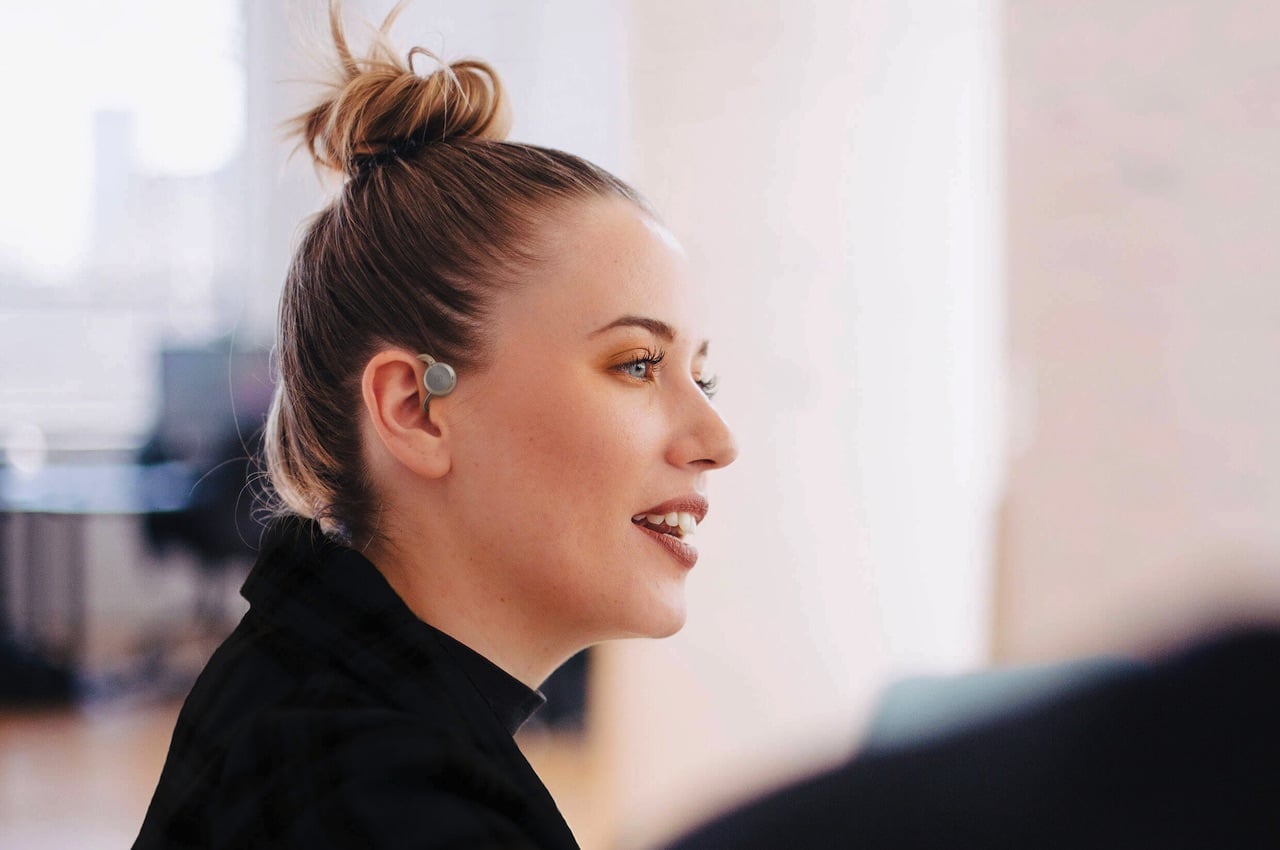
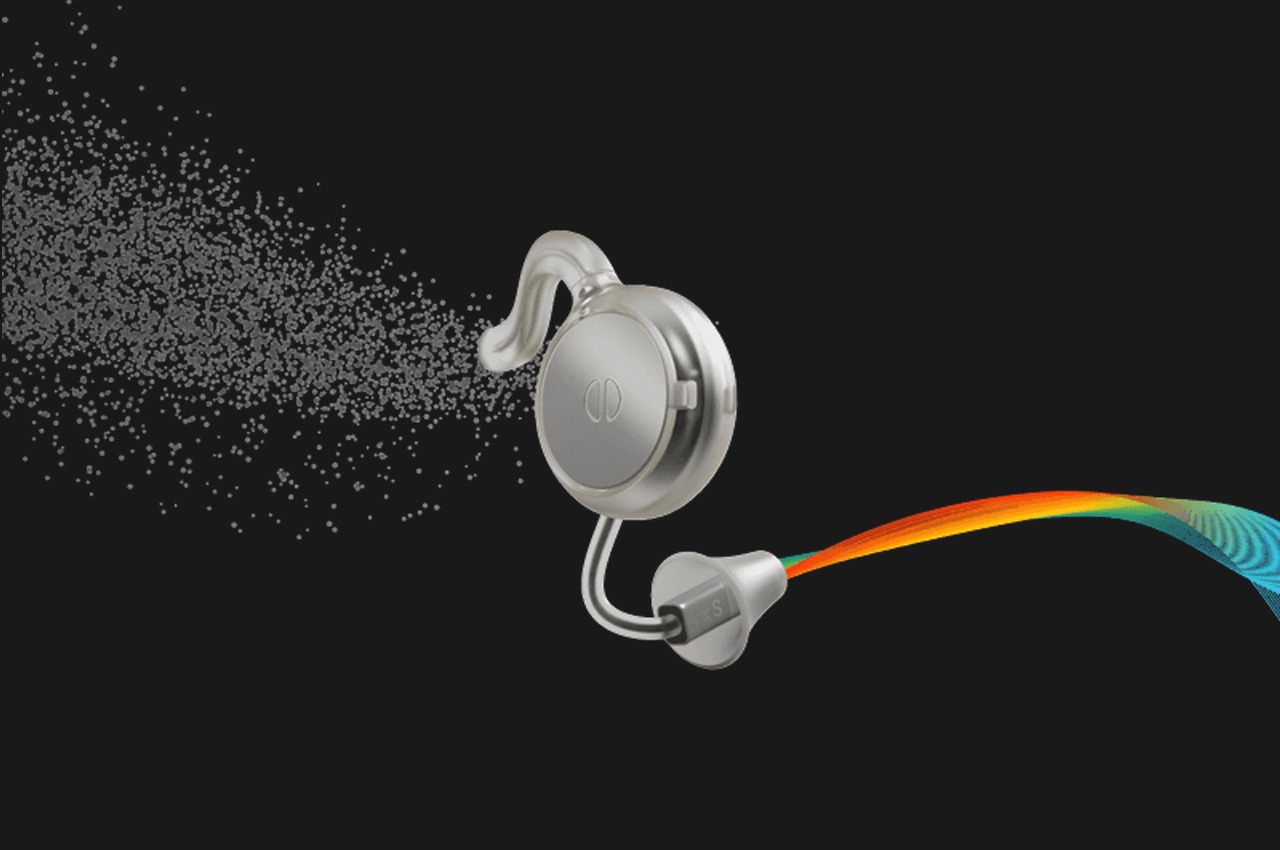
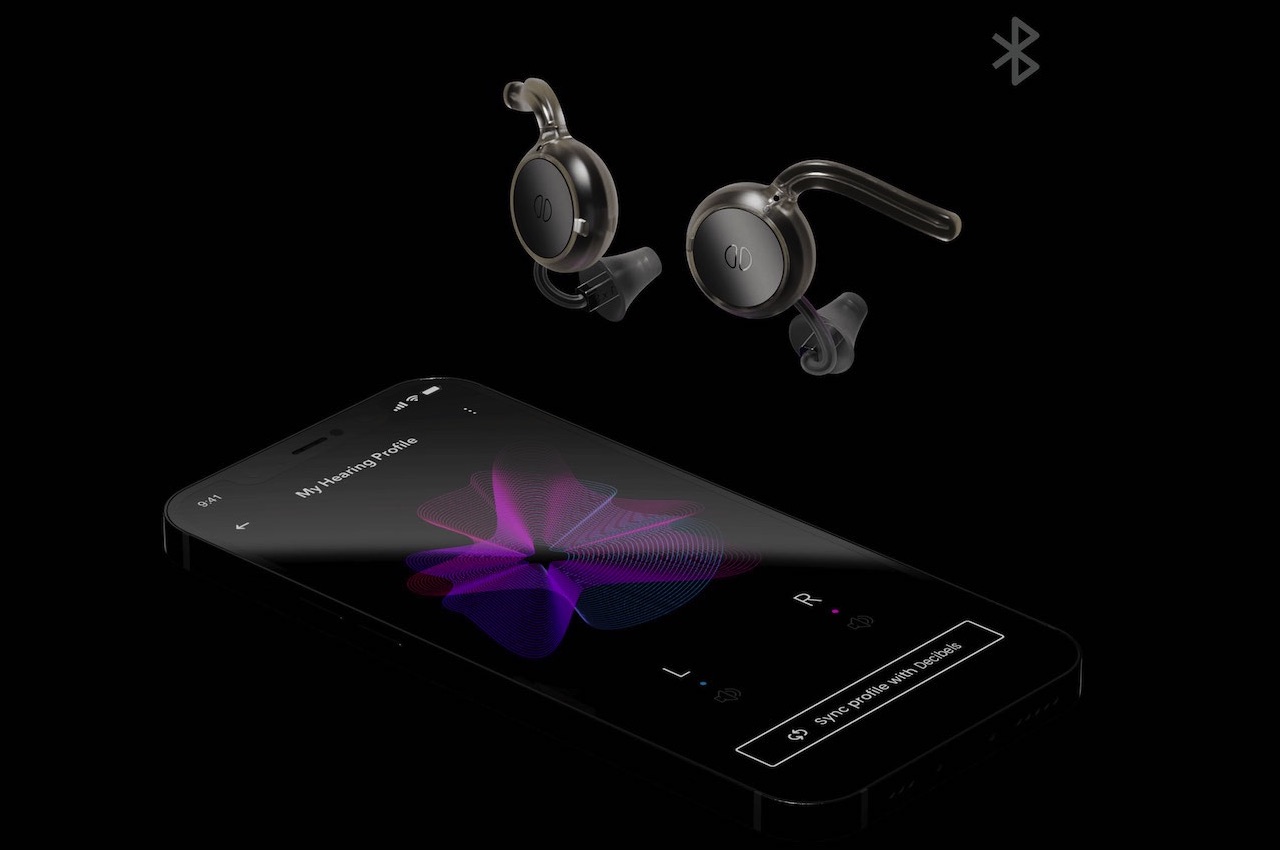
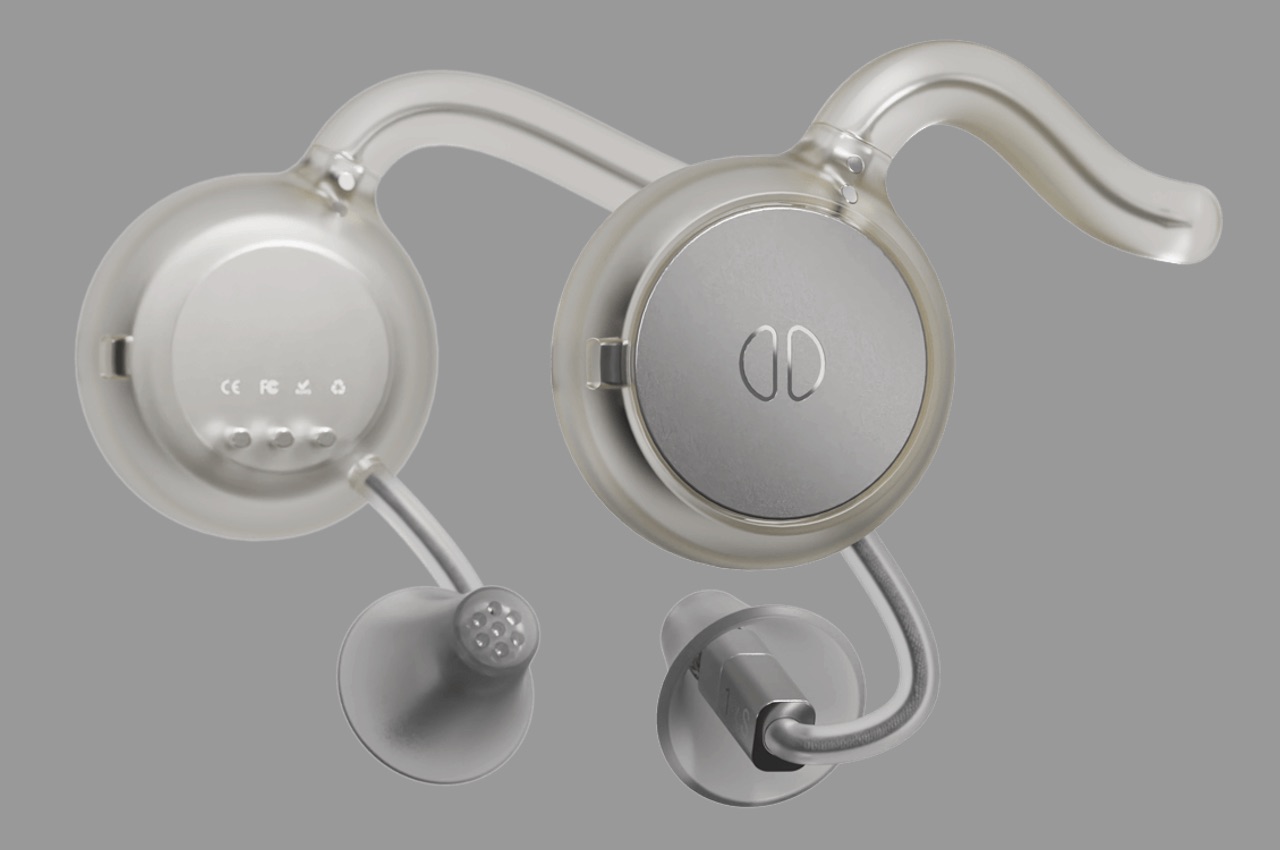
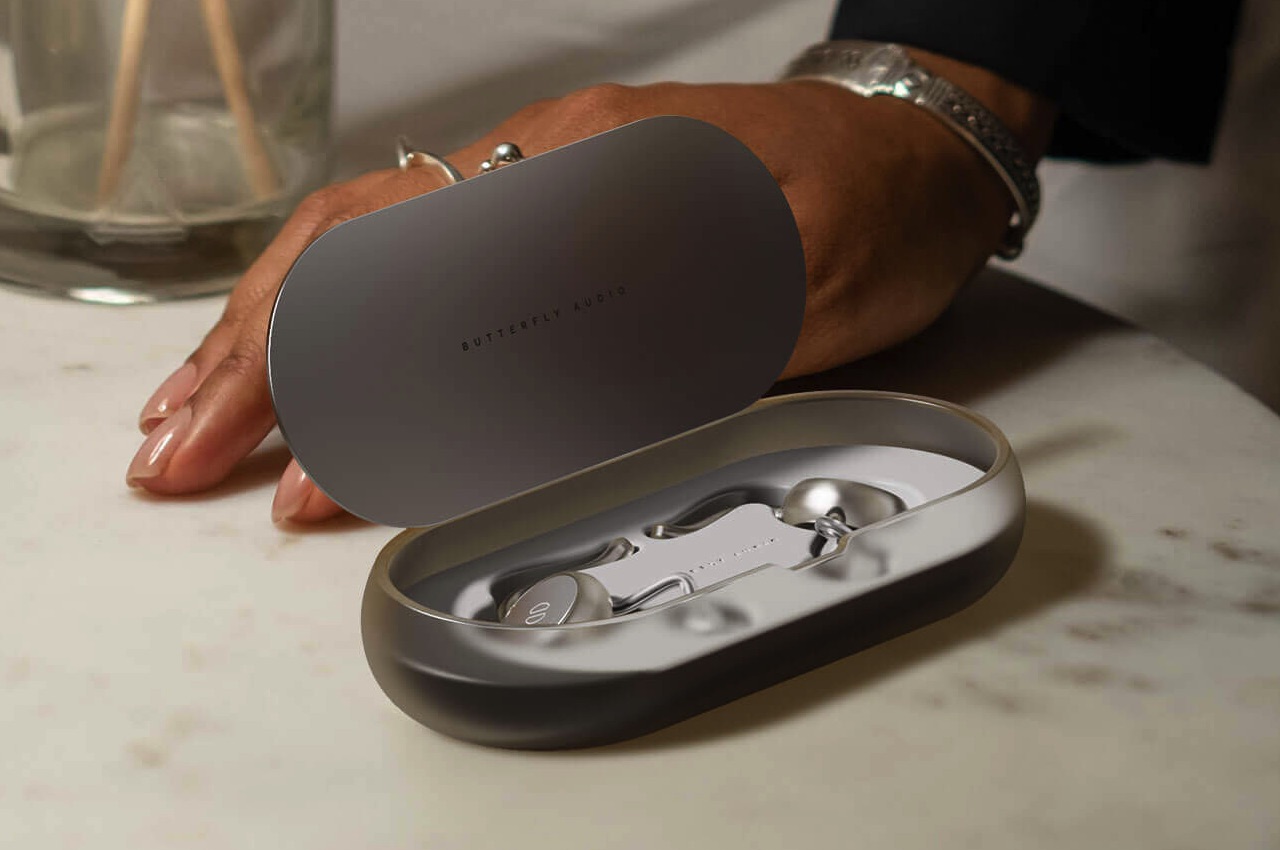
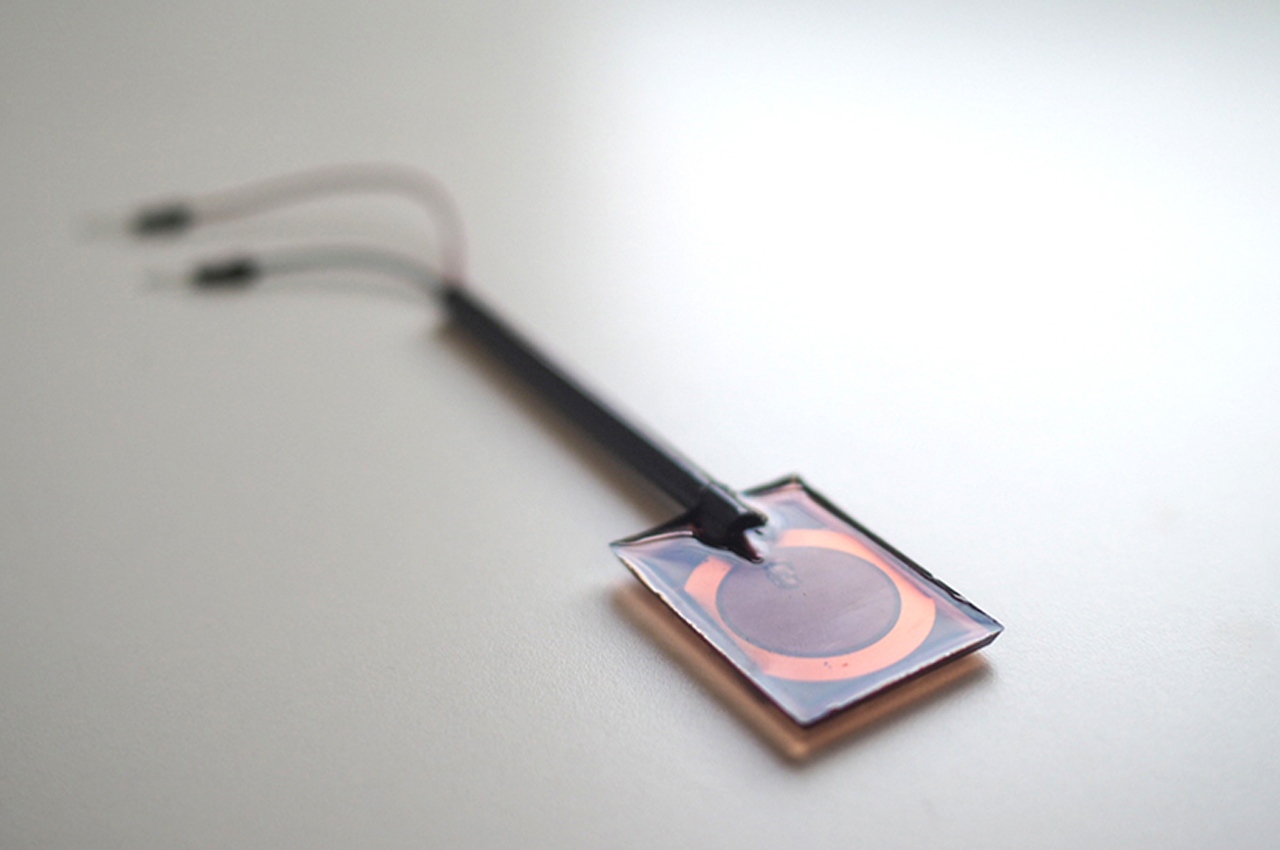
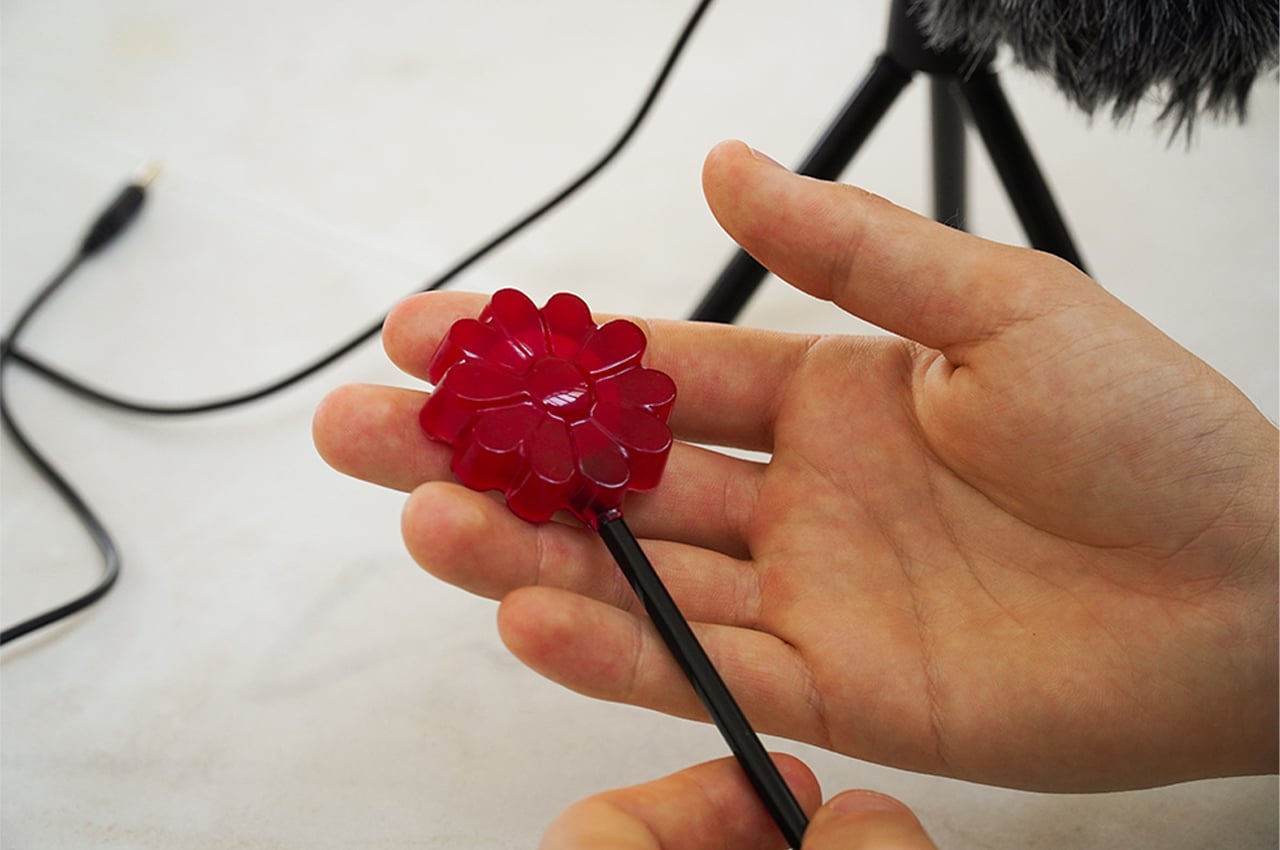
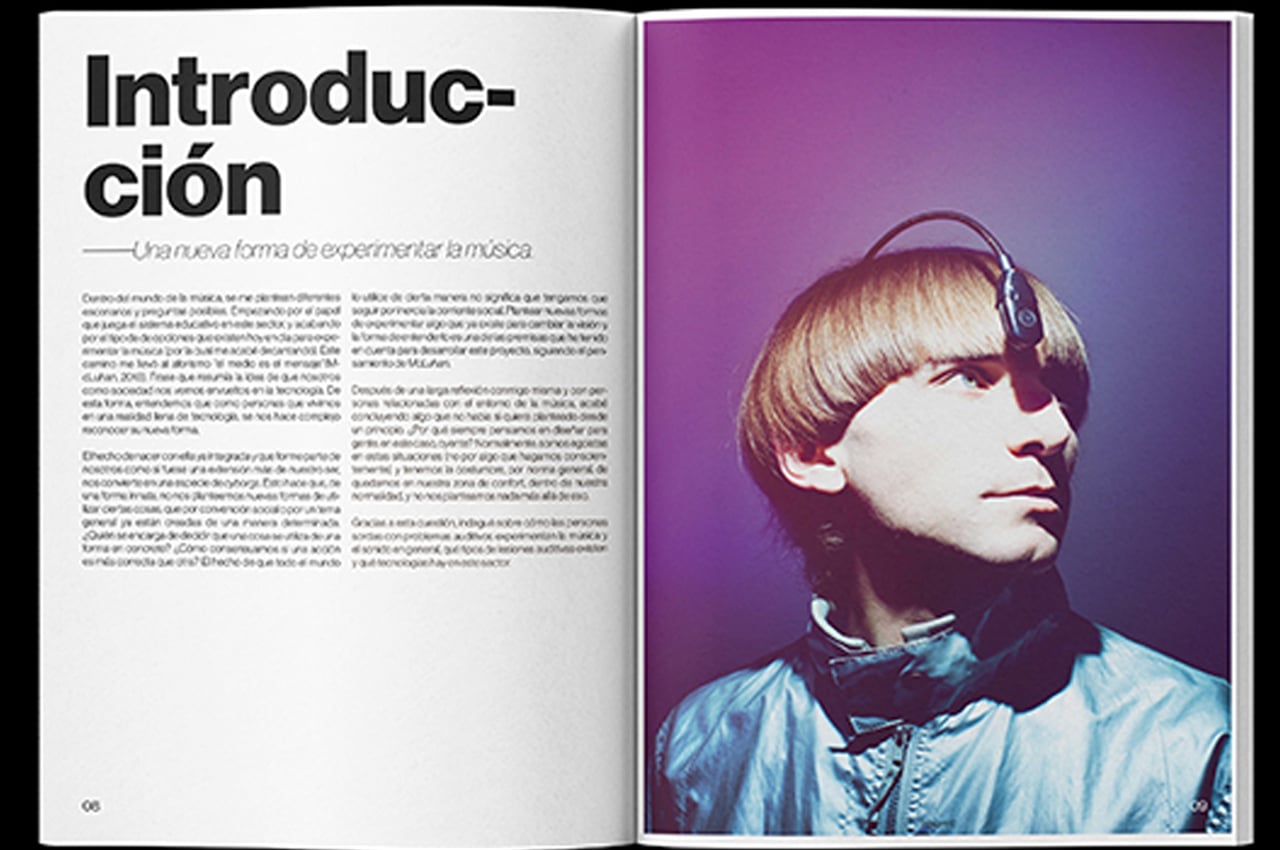
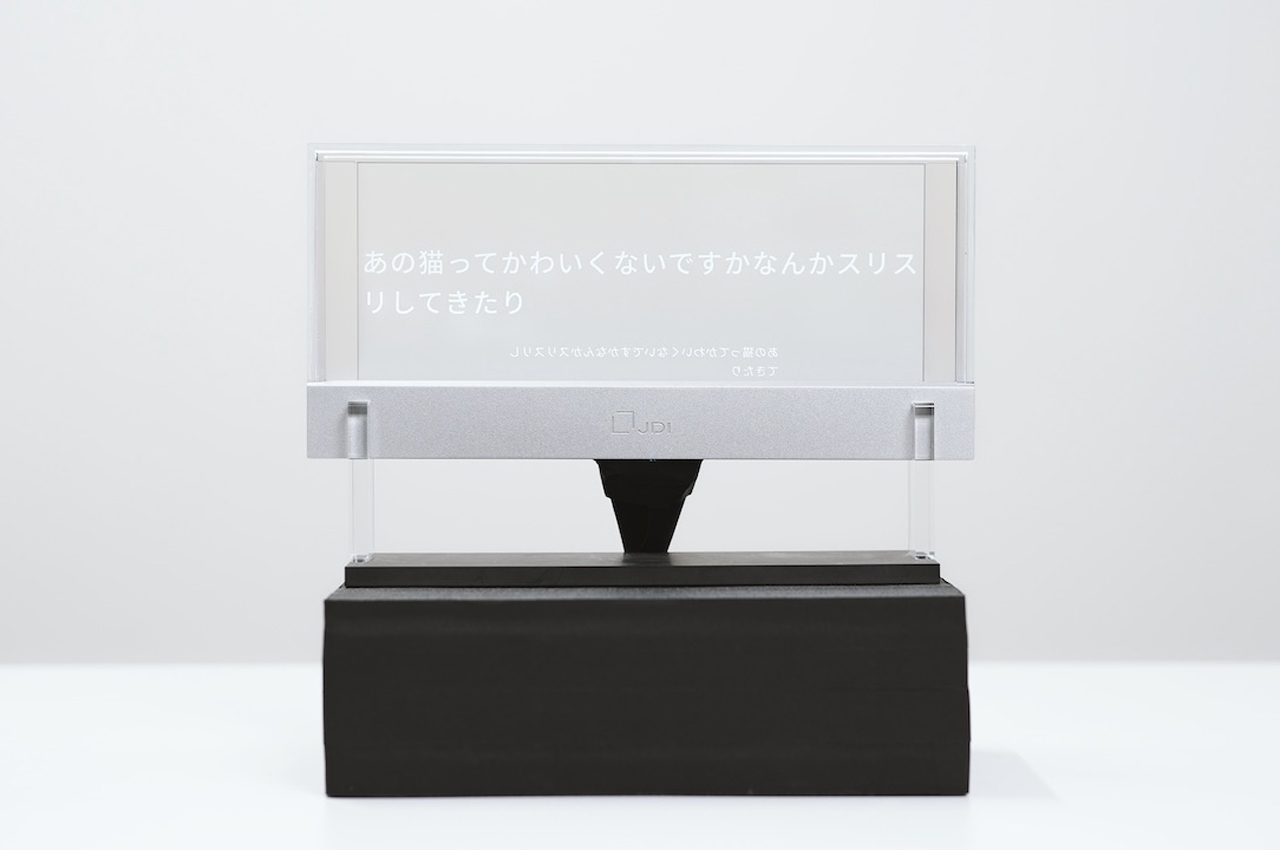
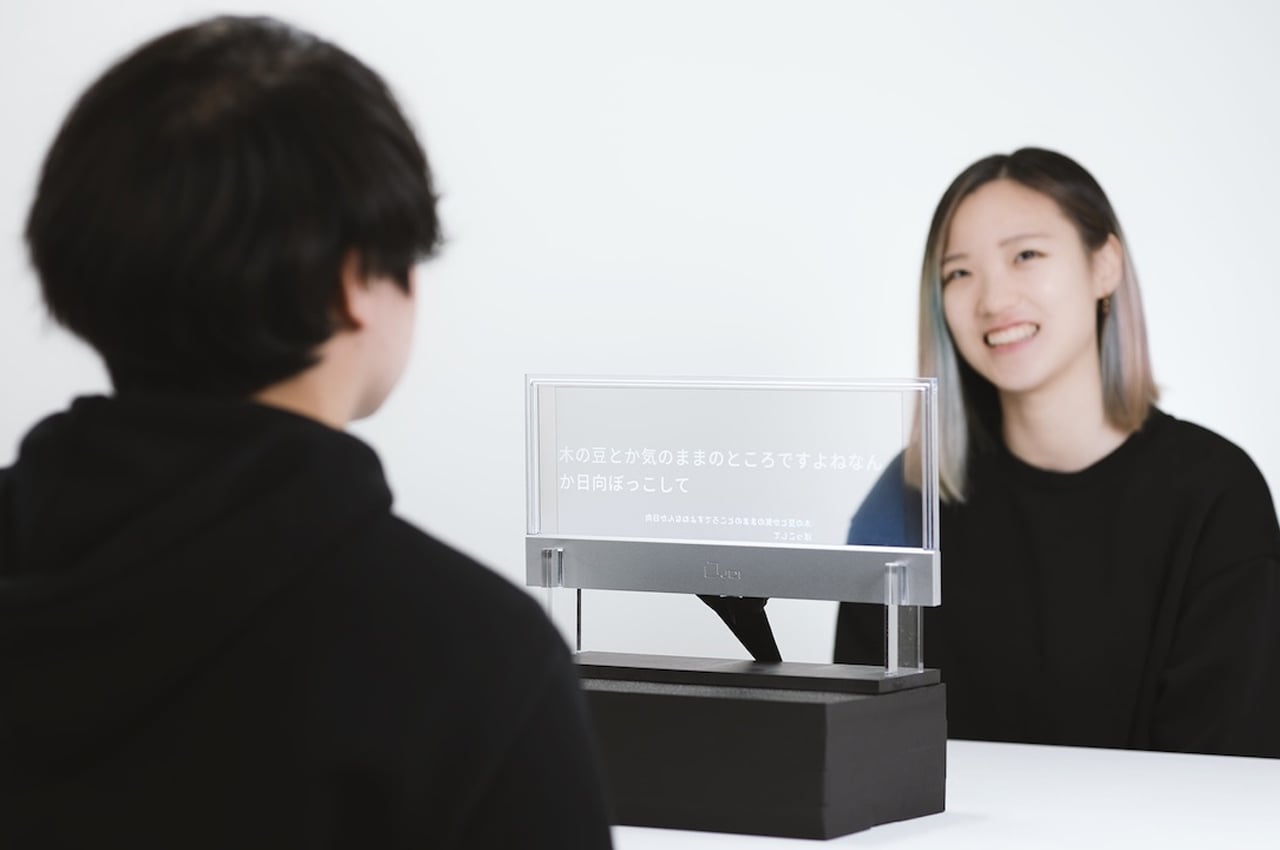
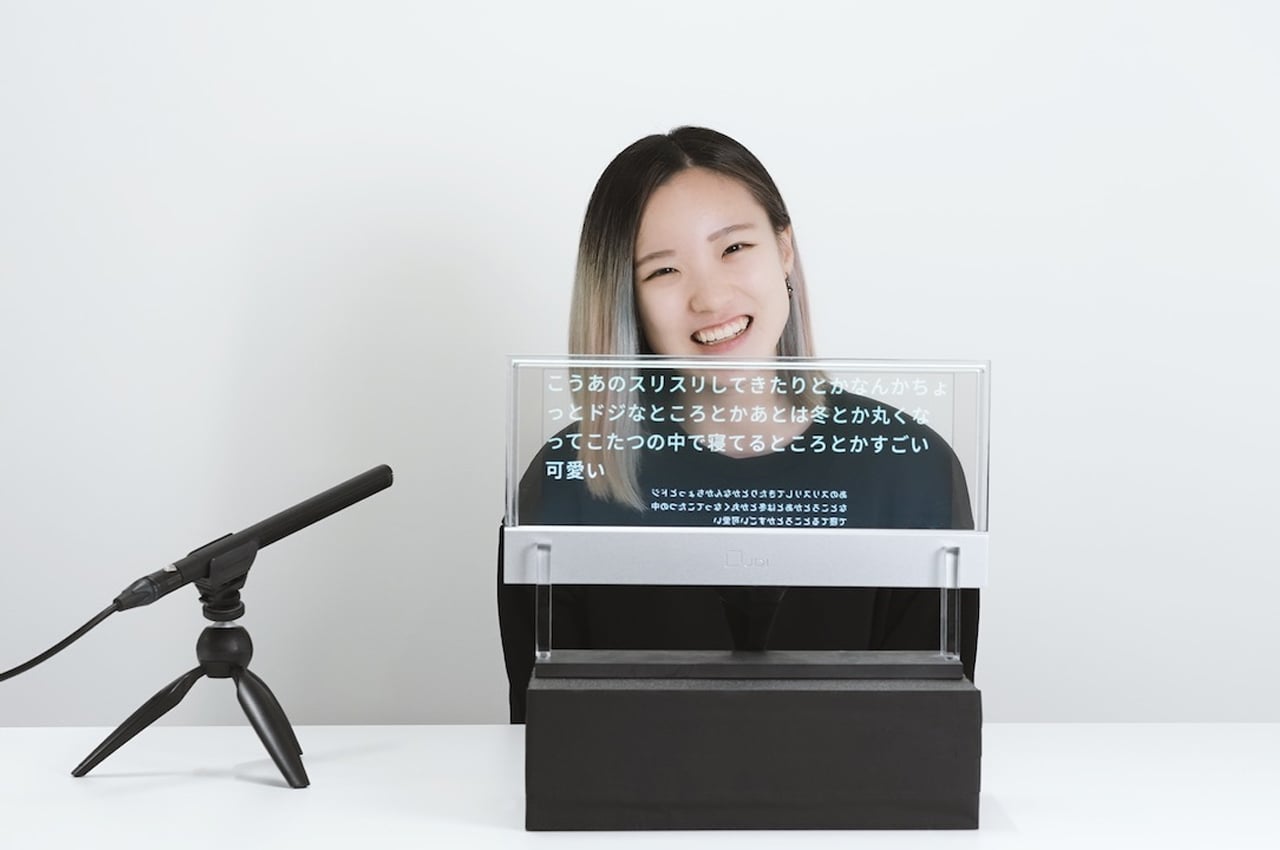
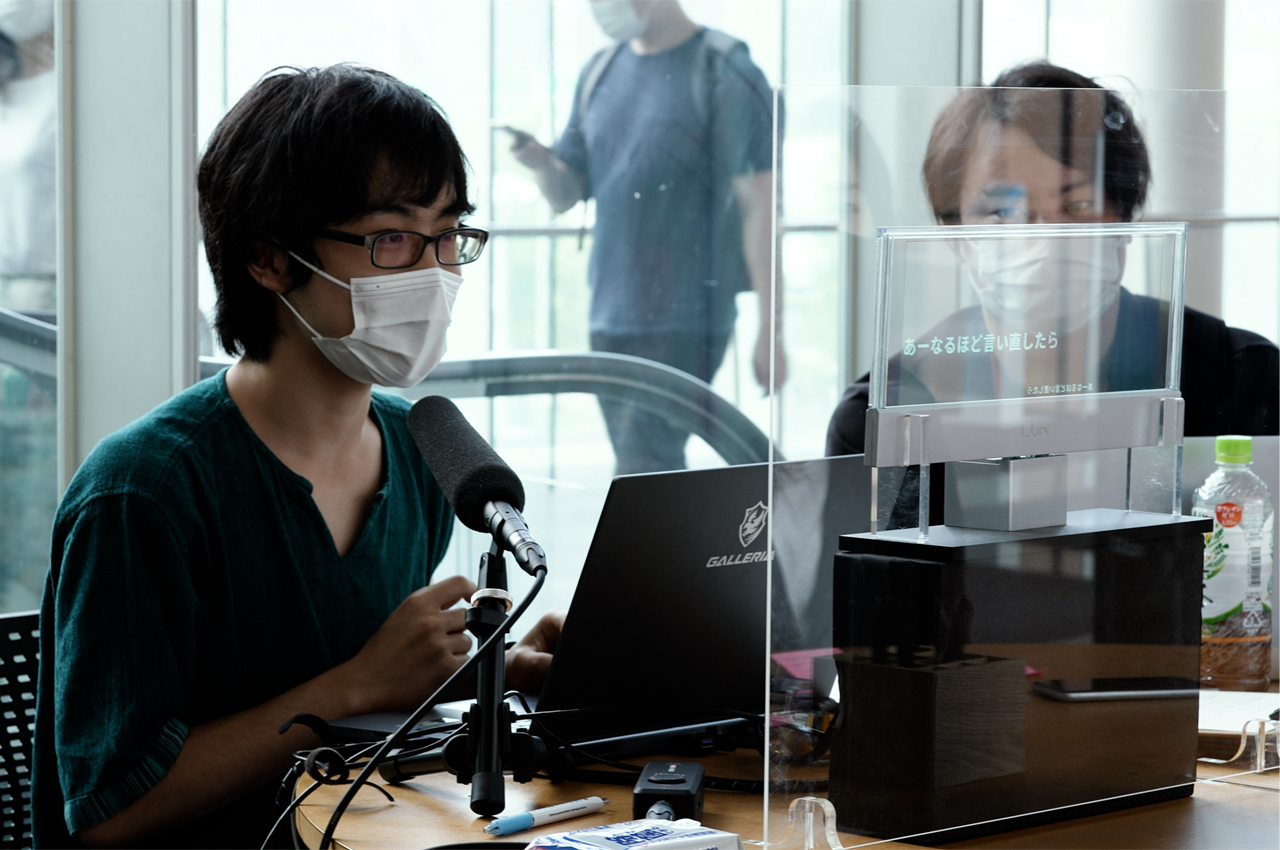
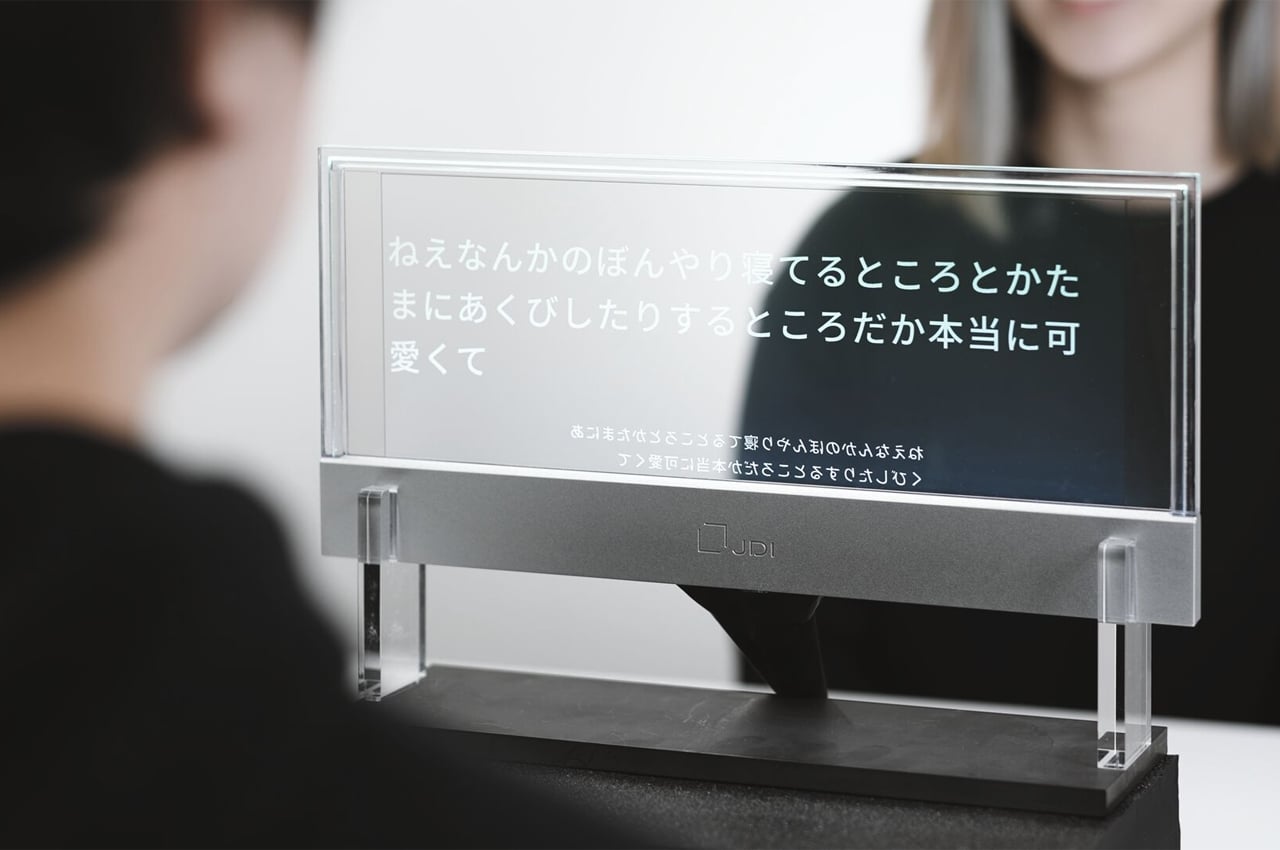
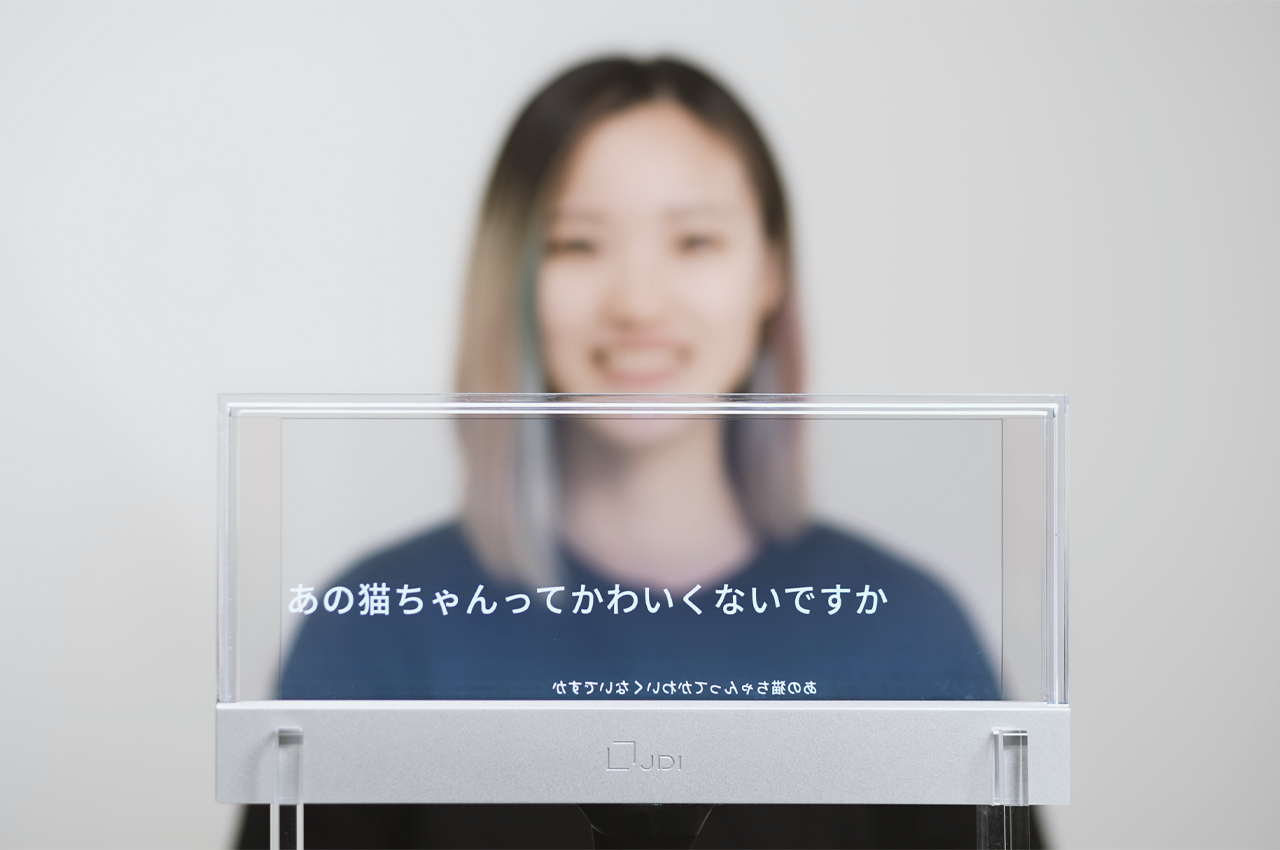
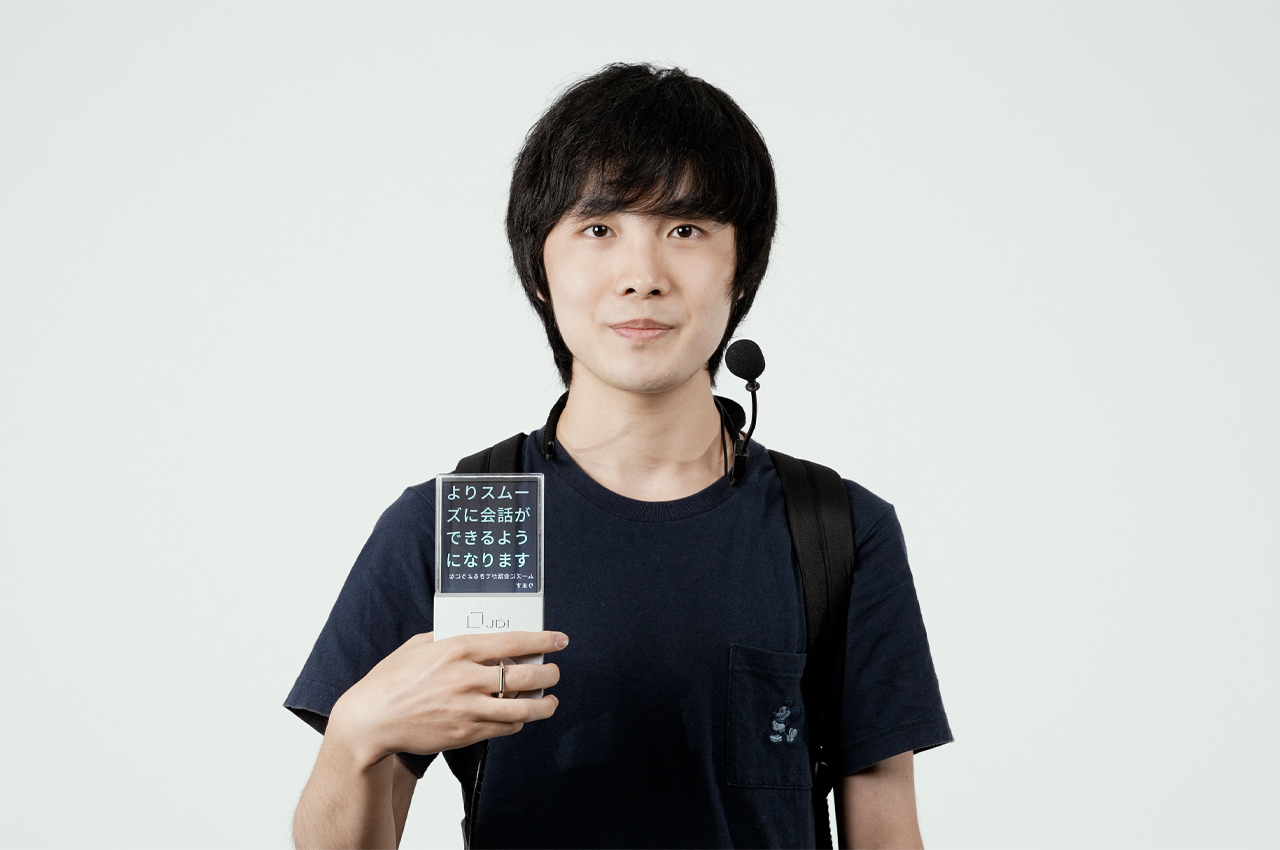
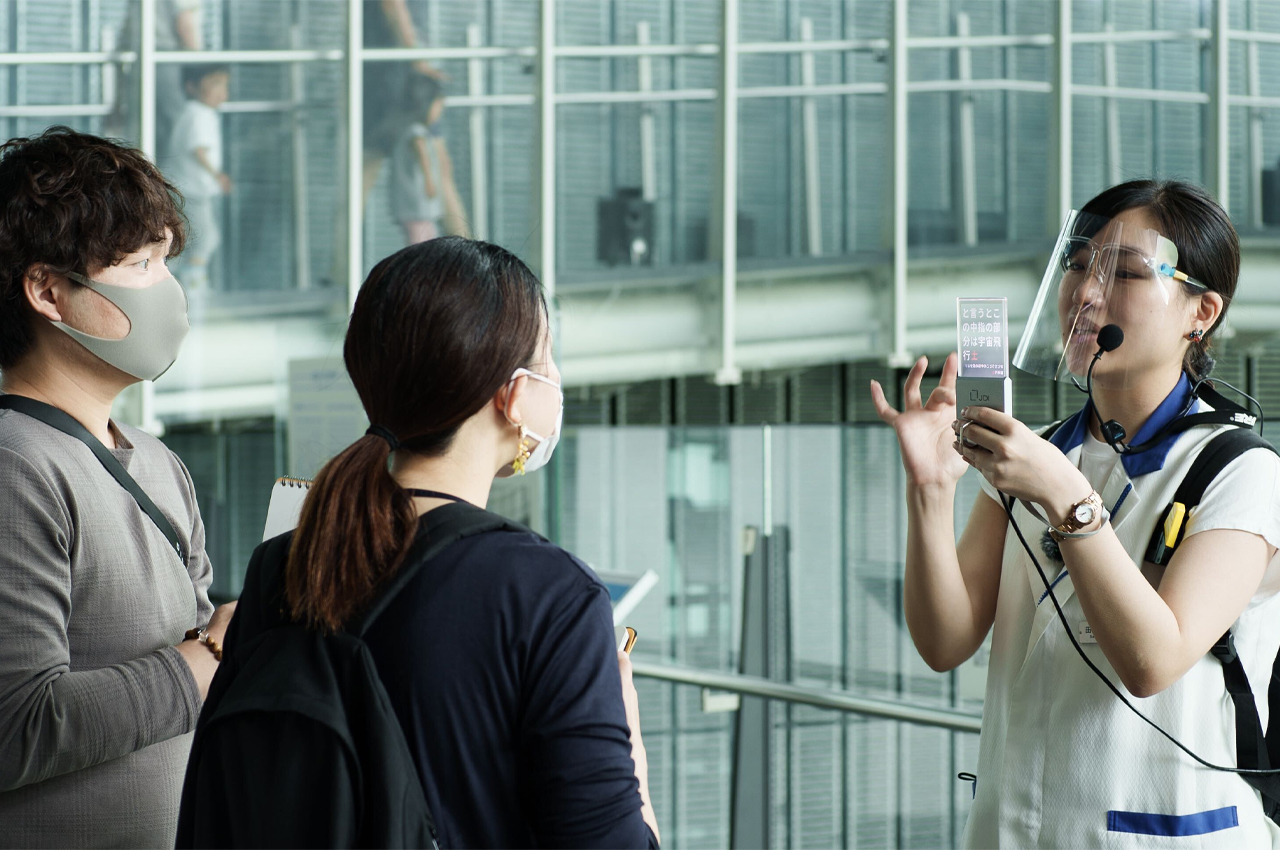
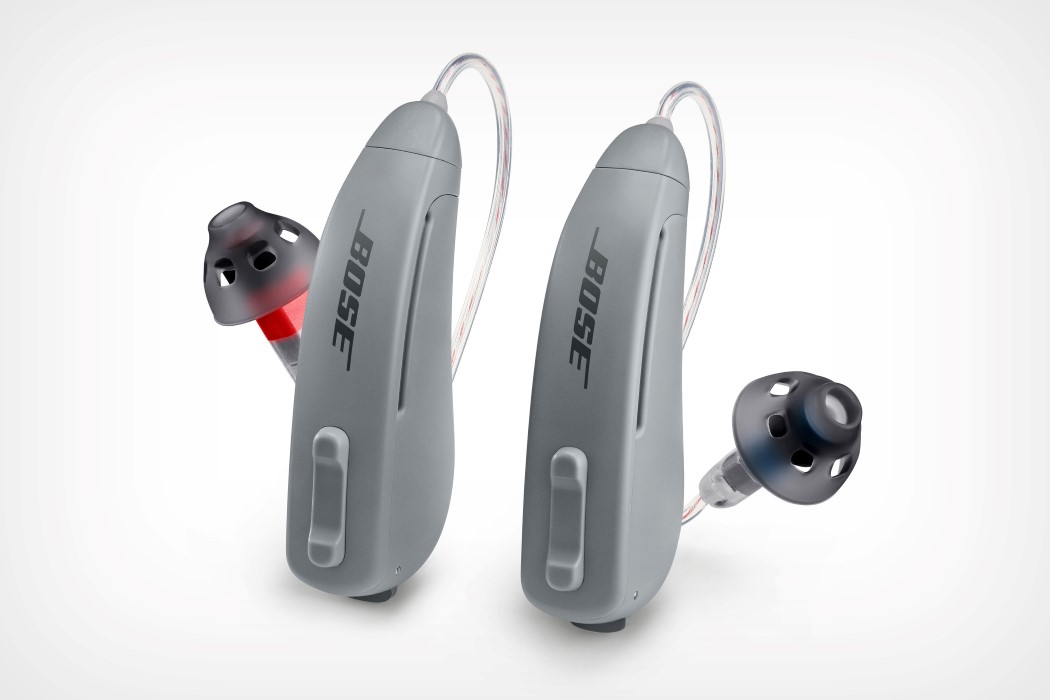
 Hearing Aids – the first FDA-cleared, direct-to-consumer hearing aid developed for adults with perceived mild to moderate hearing loss. They’ll be sold by Bose (as opposed to being available at medical stores) and can be directly purchased, worn, and controlled by the wearer without needing to visit a doctor for a prescription or even an audiologist for a hearing test and professional fitting. The SoundControl hearing aids partner up with the Bose Hear app that gives wearers complete control over their wearables through their smartphone. Using its revolutionary CustomTune technology, the app lets you personalize your hearing experience in under 30 minutes, which Bose says is “a seismic shift from the process required for conventional hearing aids”.
Hearing Aids – the first FDA-cleared, direct-to-consumer hearing aid developed for adults with perceived mild to moderate hearing loss. They’ll be sold by Bose (as opposed to being available at medical stores) and can be directly purchased, worn, and controlled by the wearer without needing to visit a doctor for a prescription or even an audiologist for a hearing test and professional fitting. The SoundControl hearing aids partner up with the Bose Hear app that gives wearers complete control over their wearables through their smartphone. Using its revolutionary CustomTune technology, the app lets you personalize your hearing experience in under 30 minutes, which Bose says is “a seismic shift from the process required for conventional hearing aids”.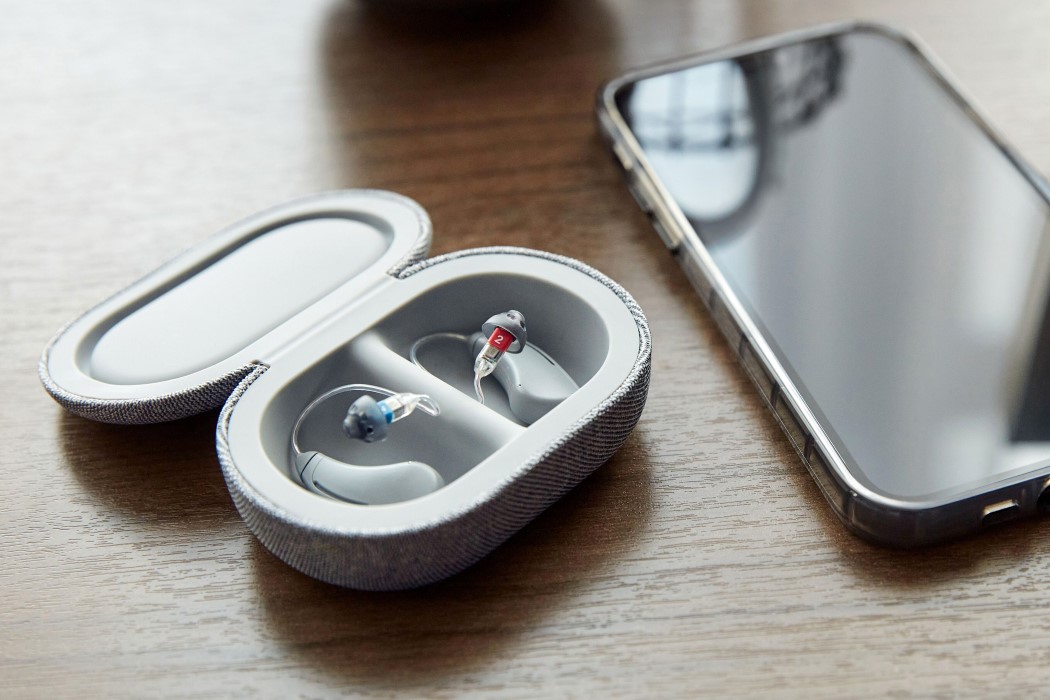
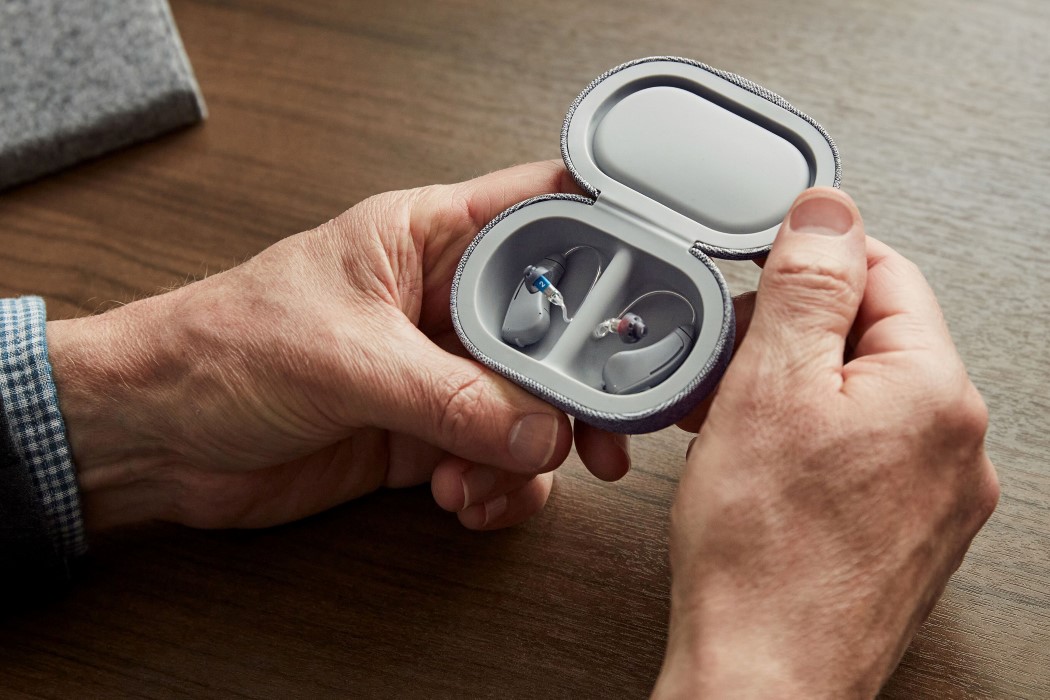
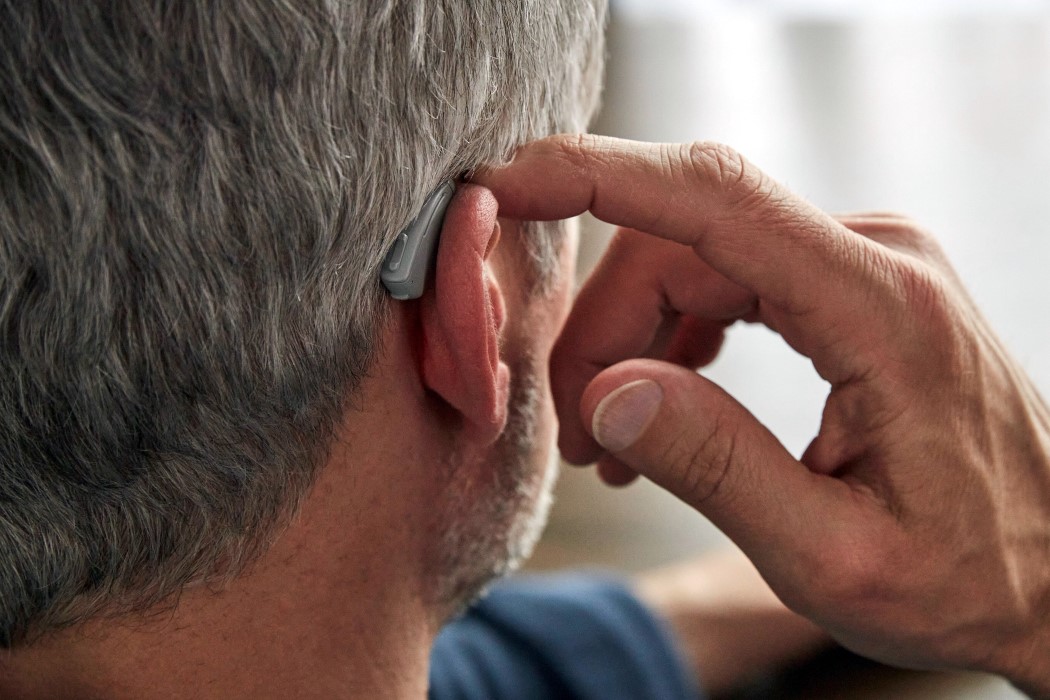
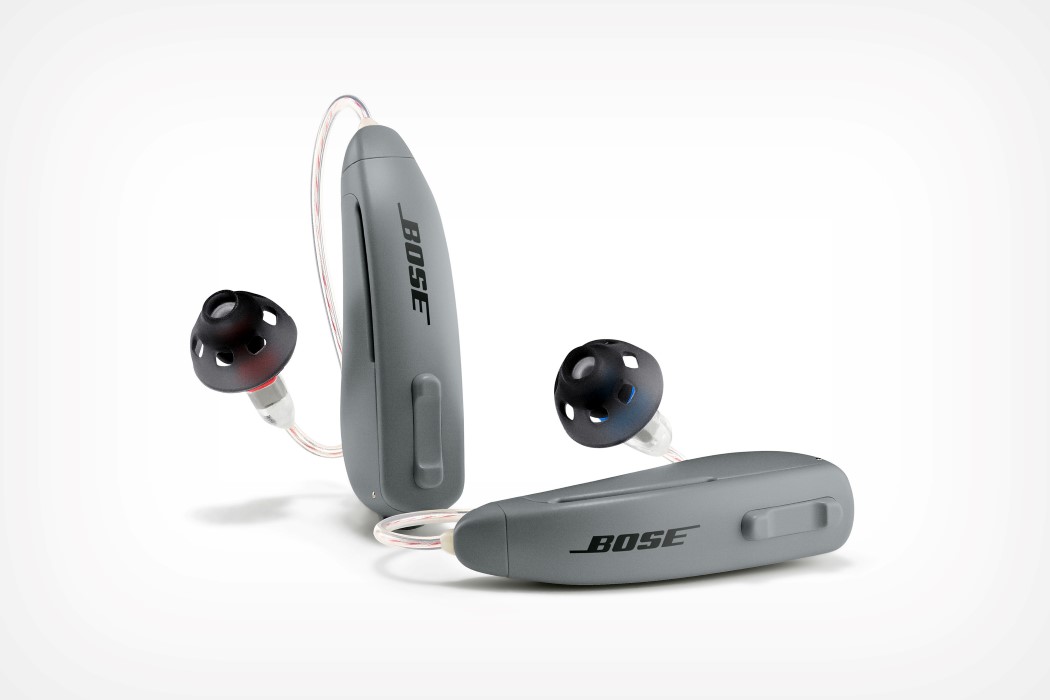
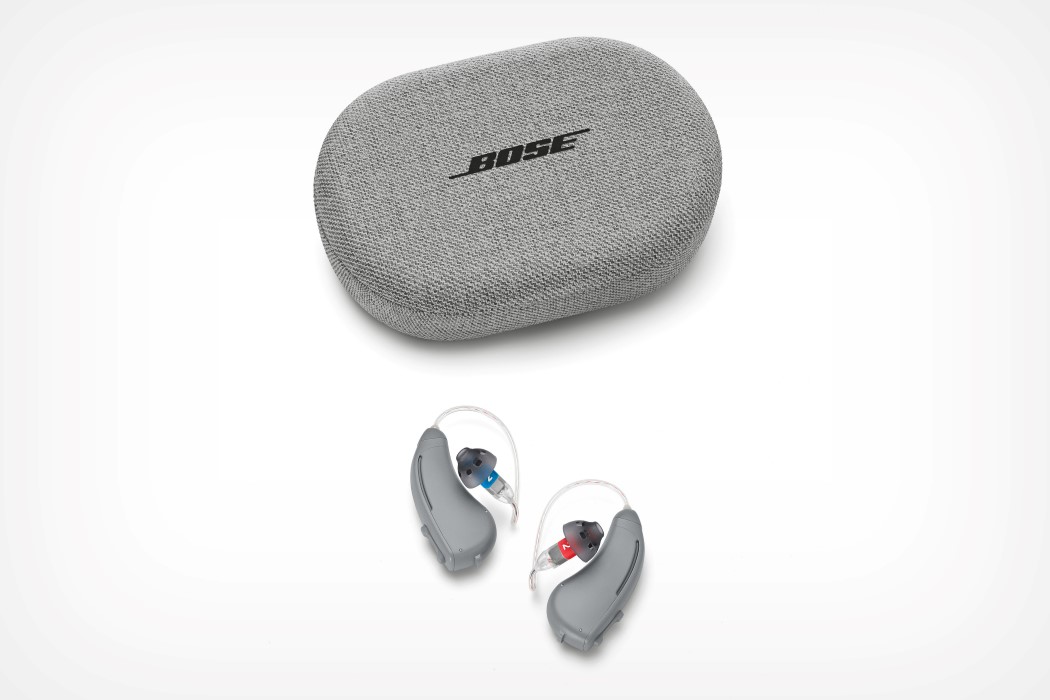
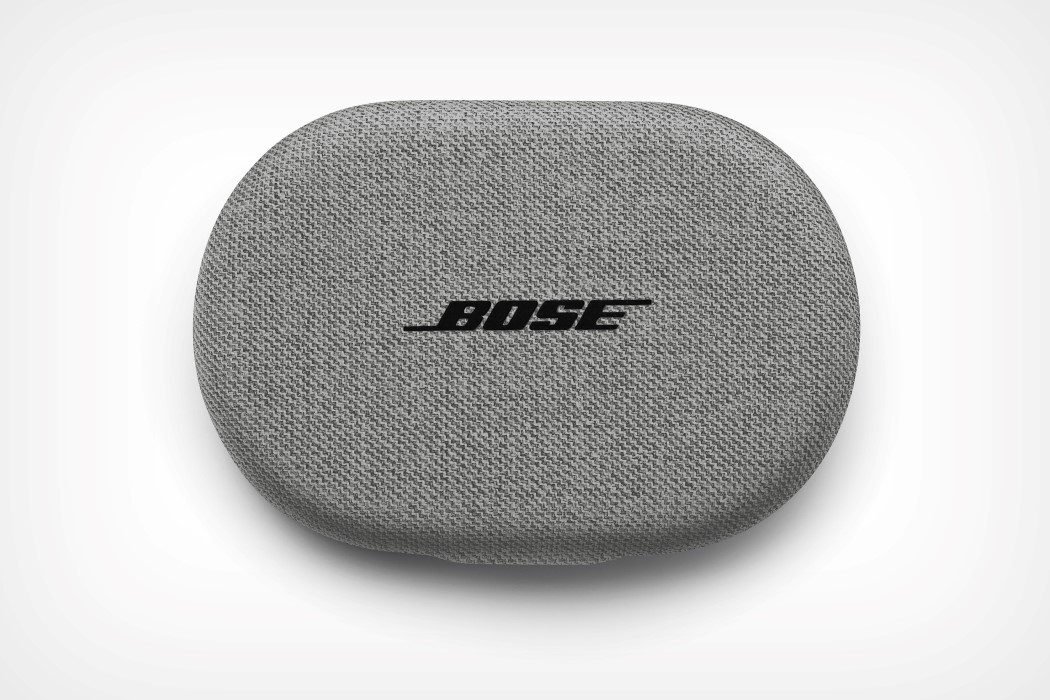
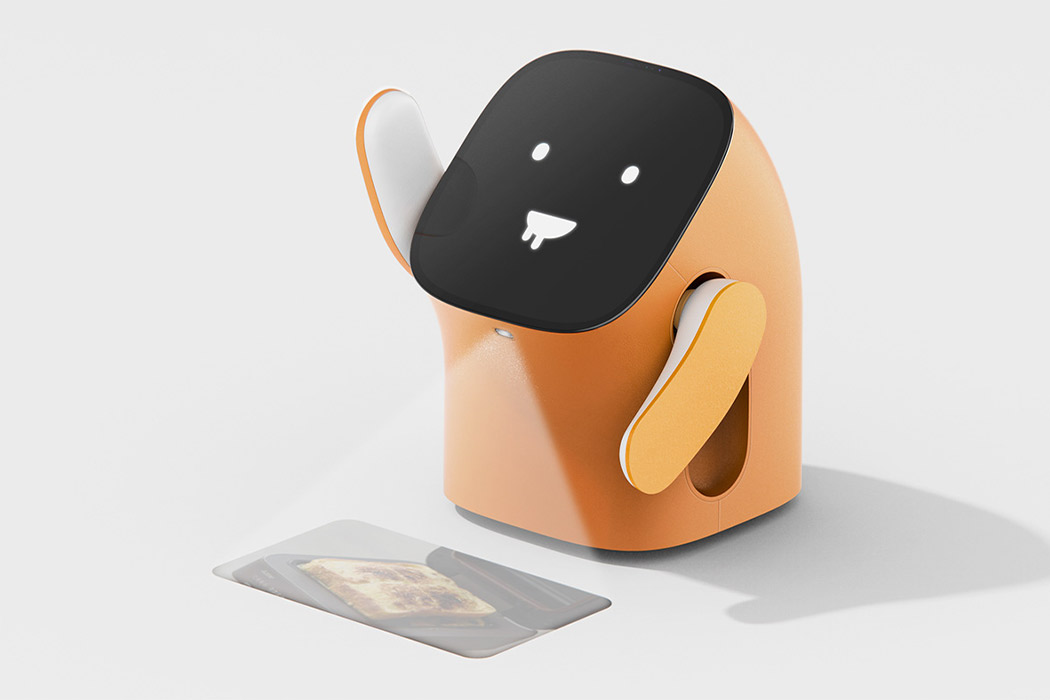
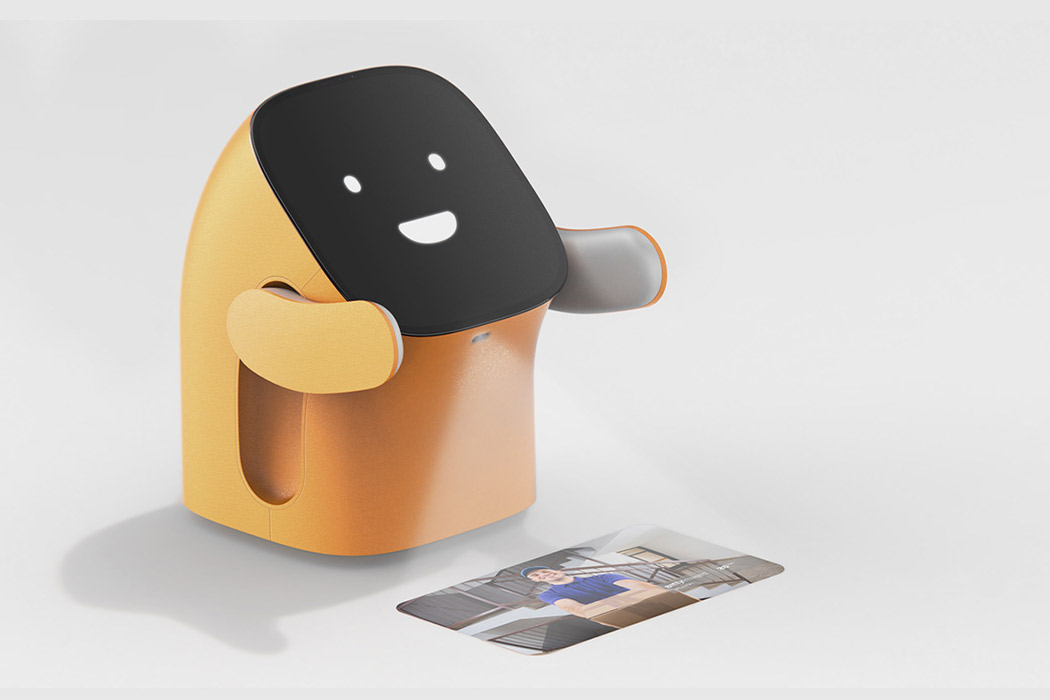
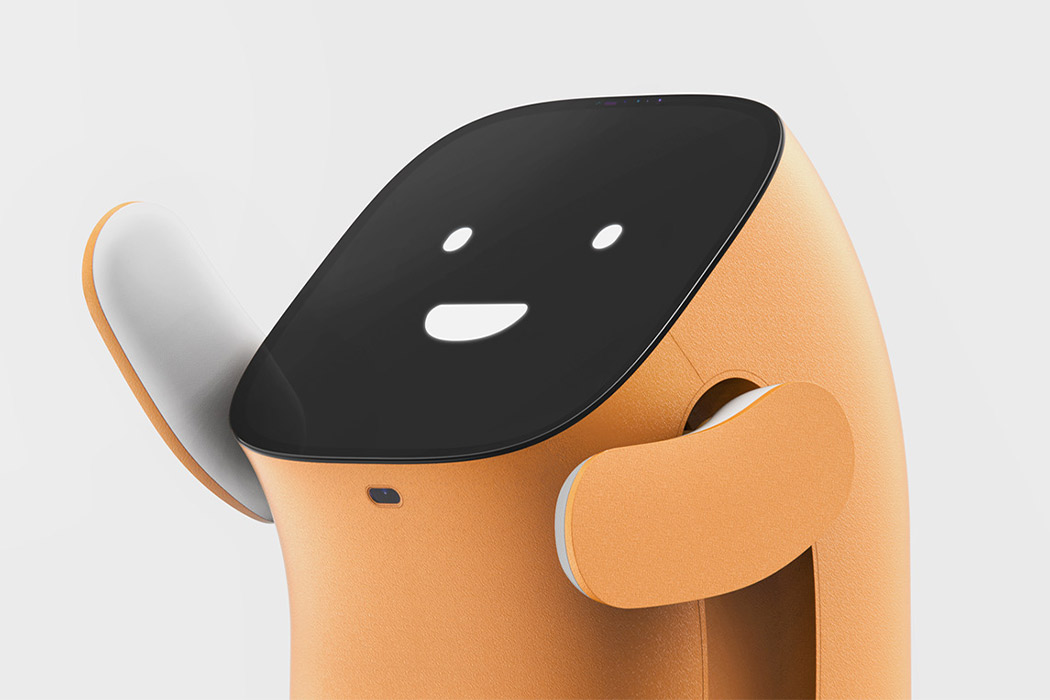
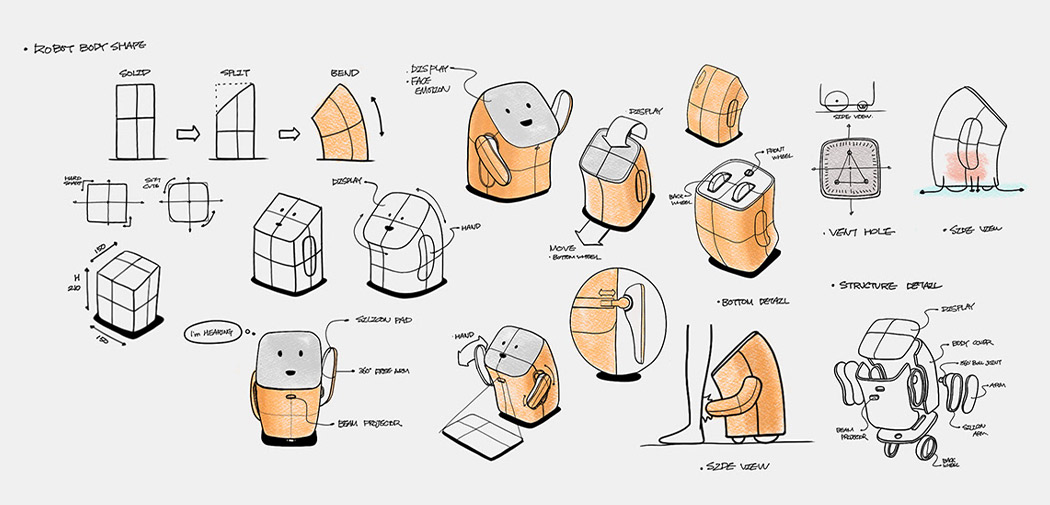
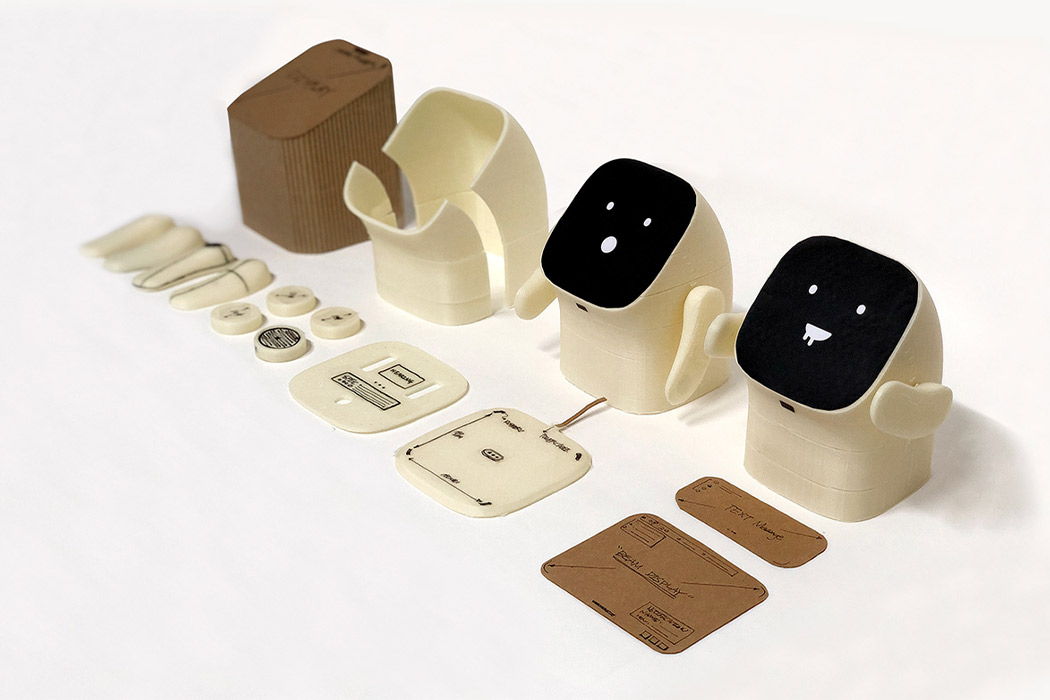
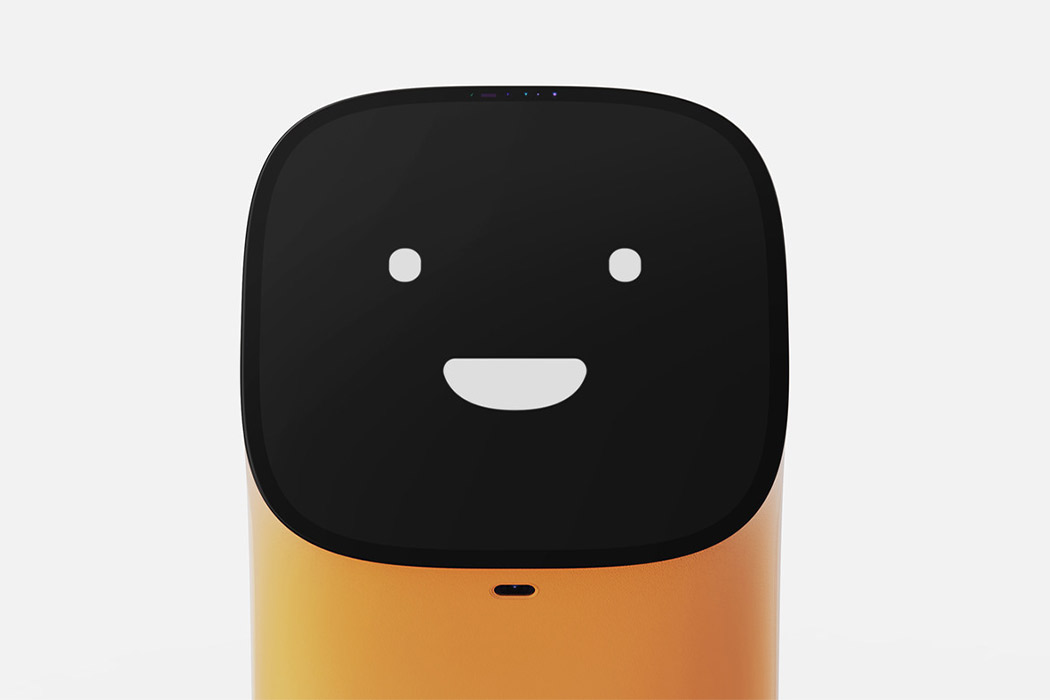
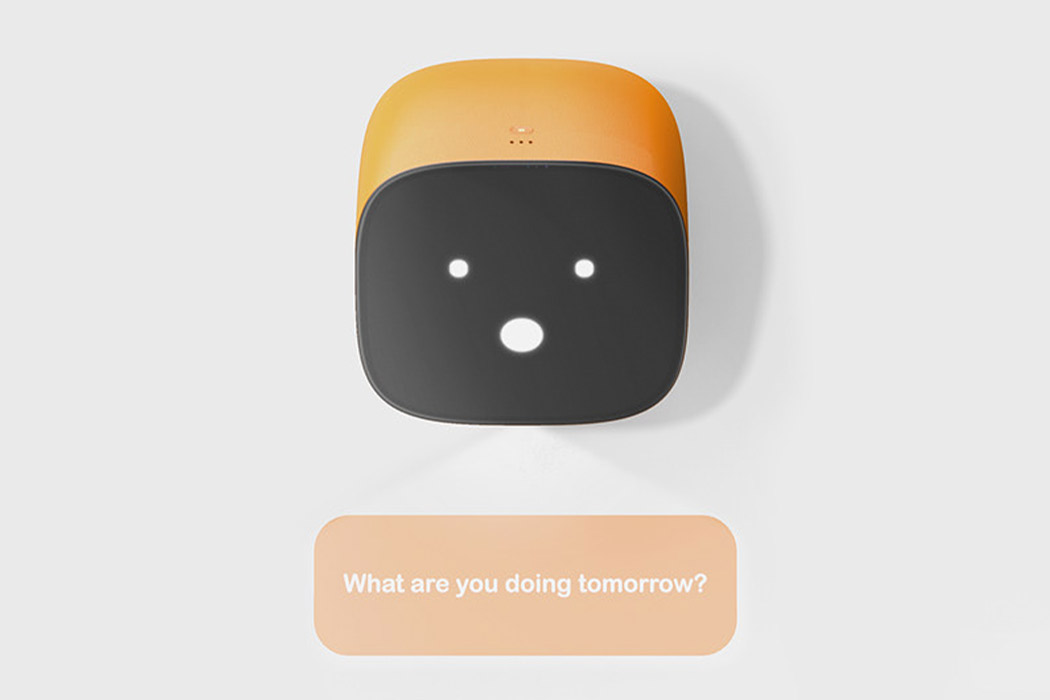
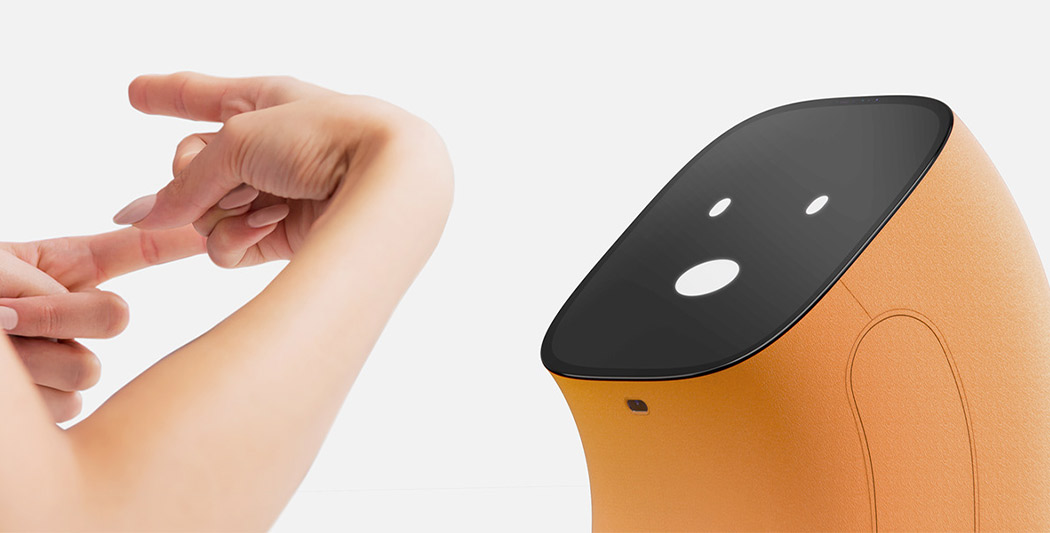
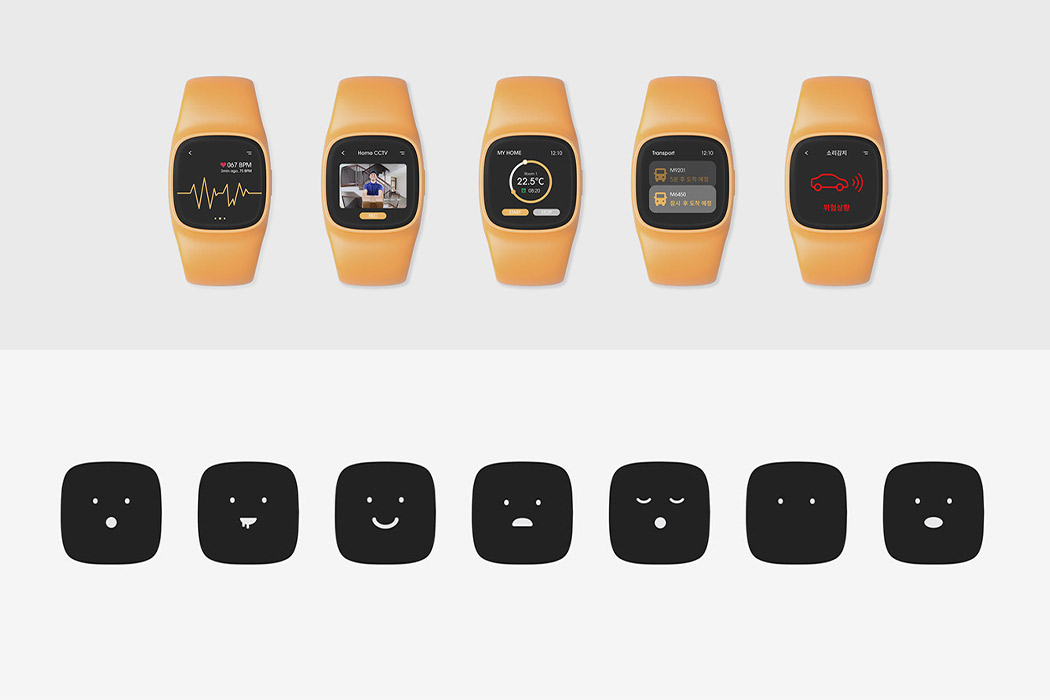
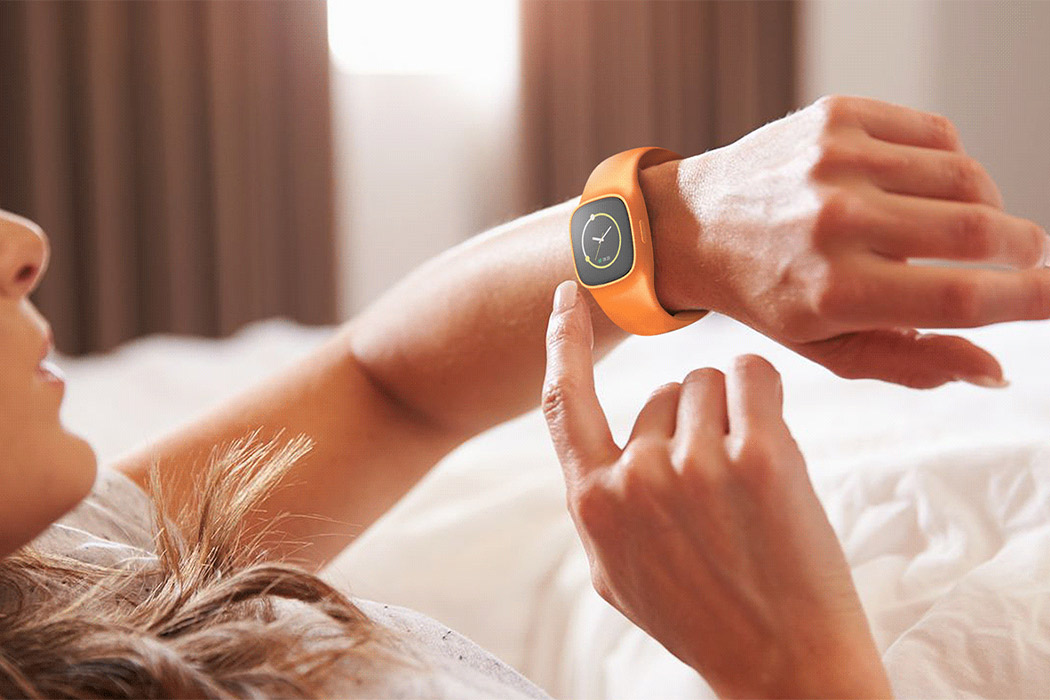
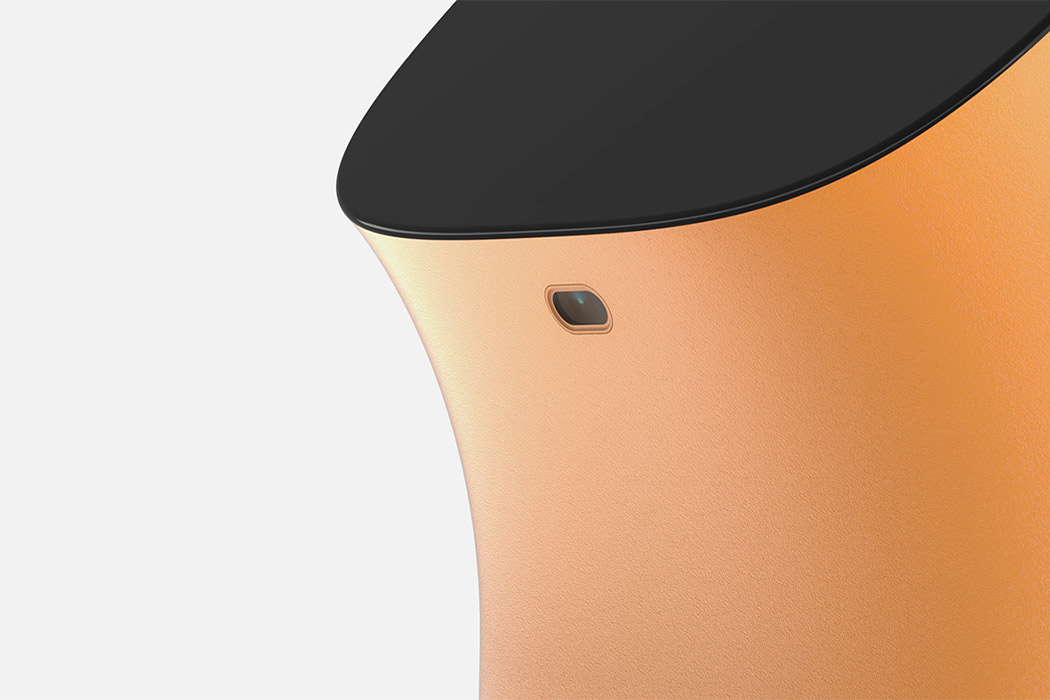
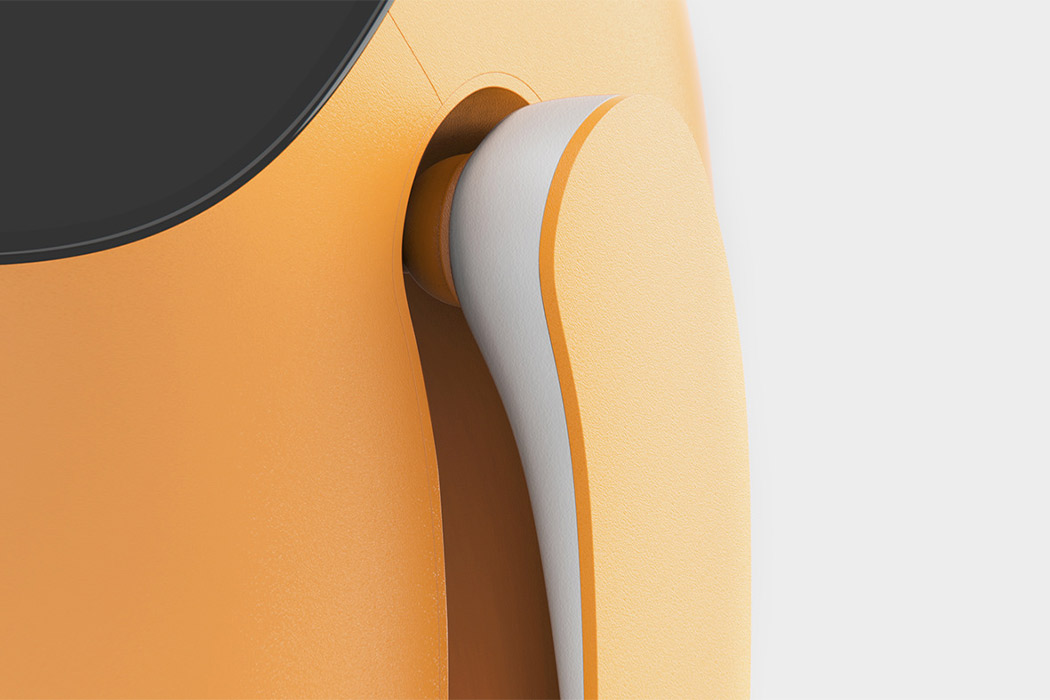
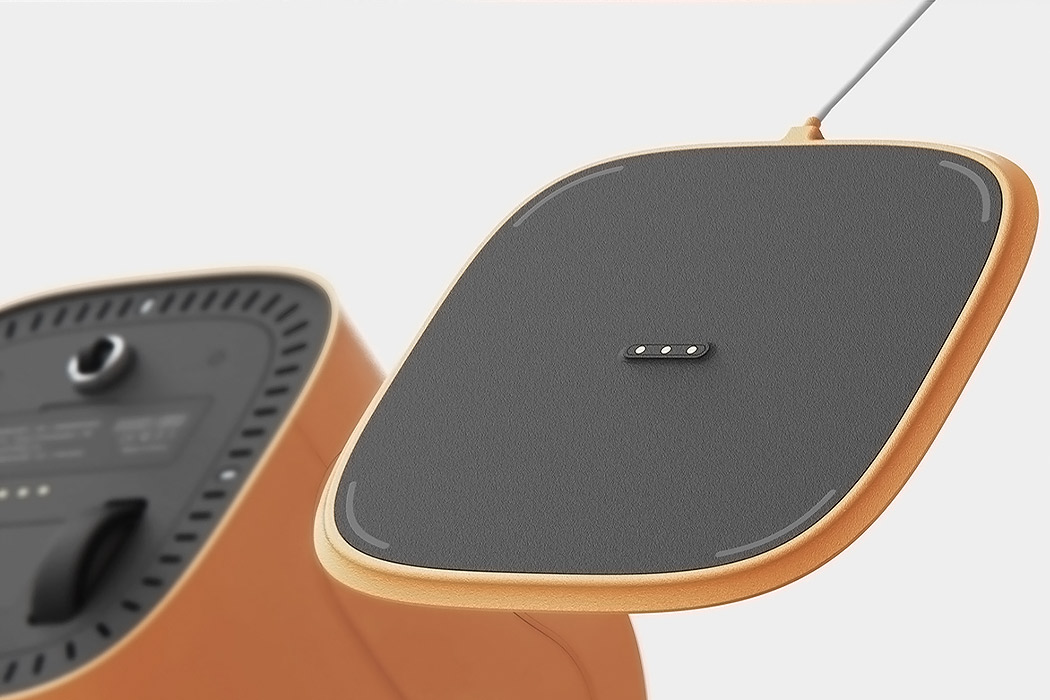
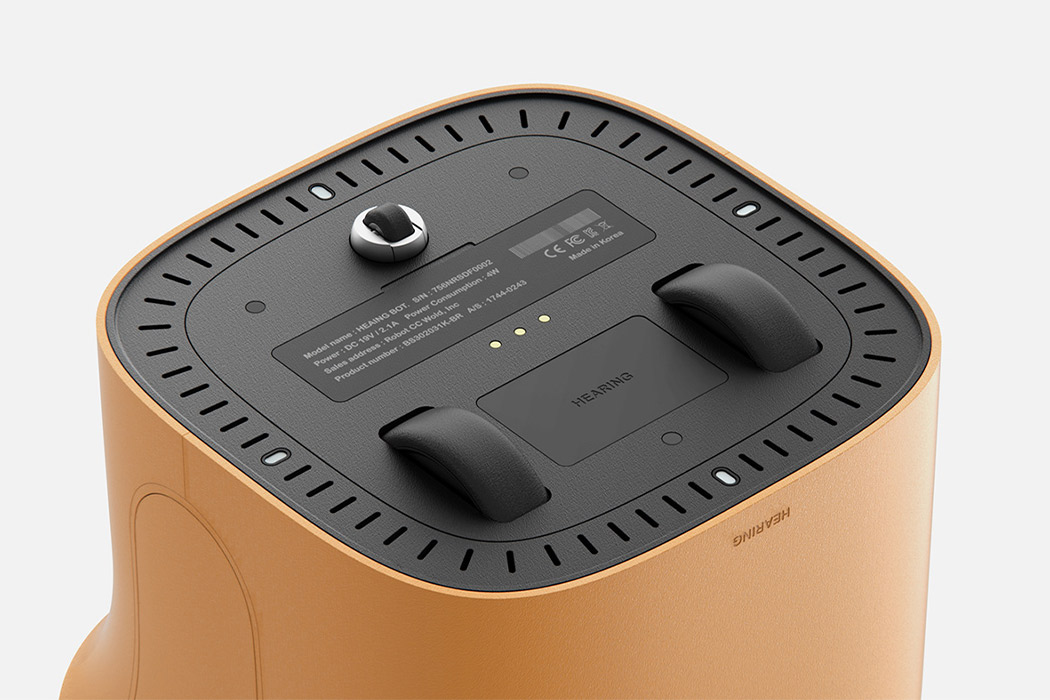
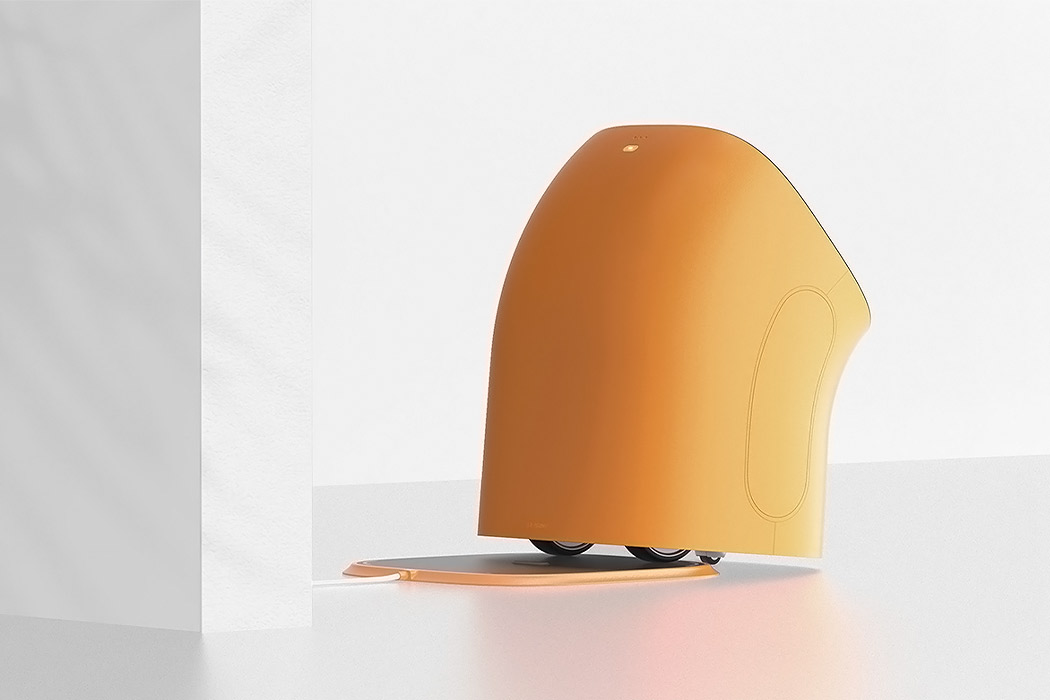
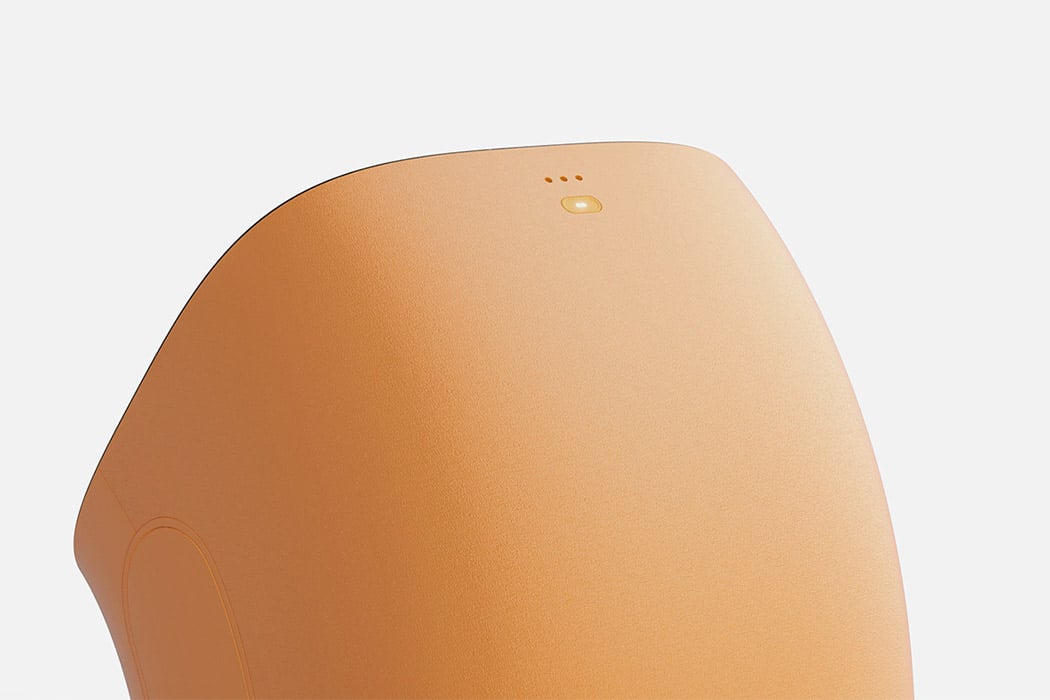
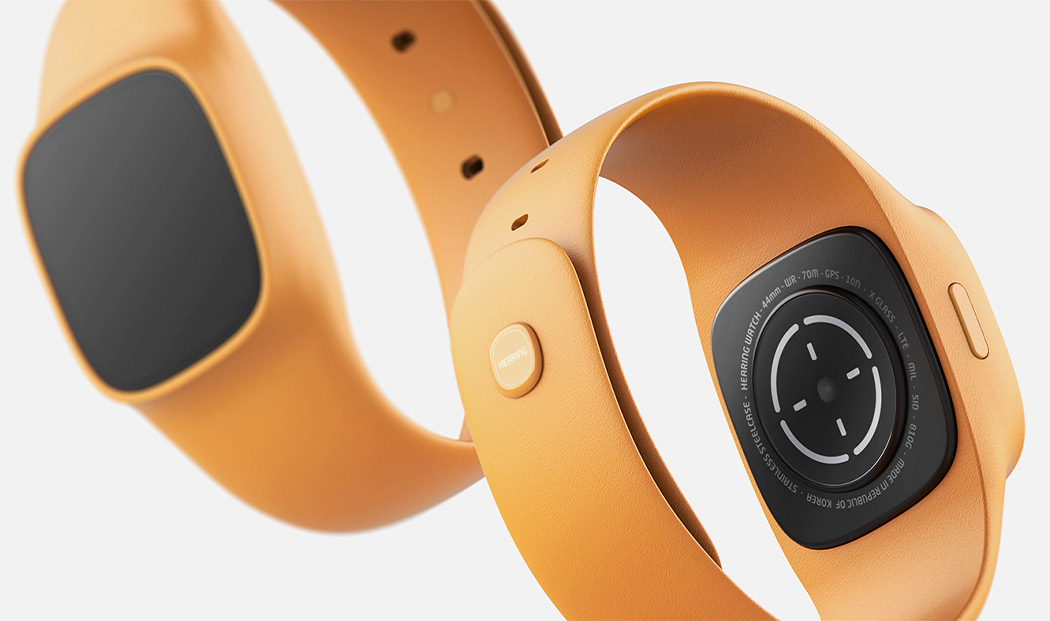
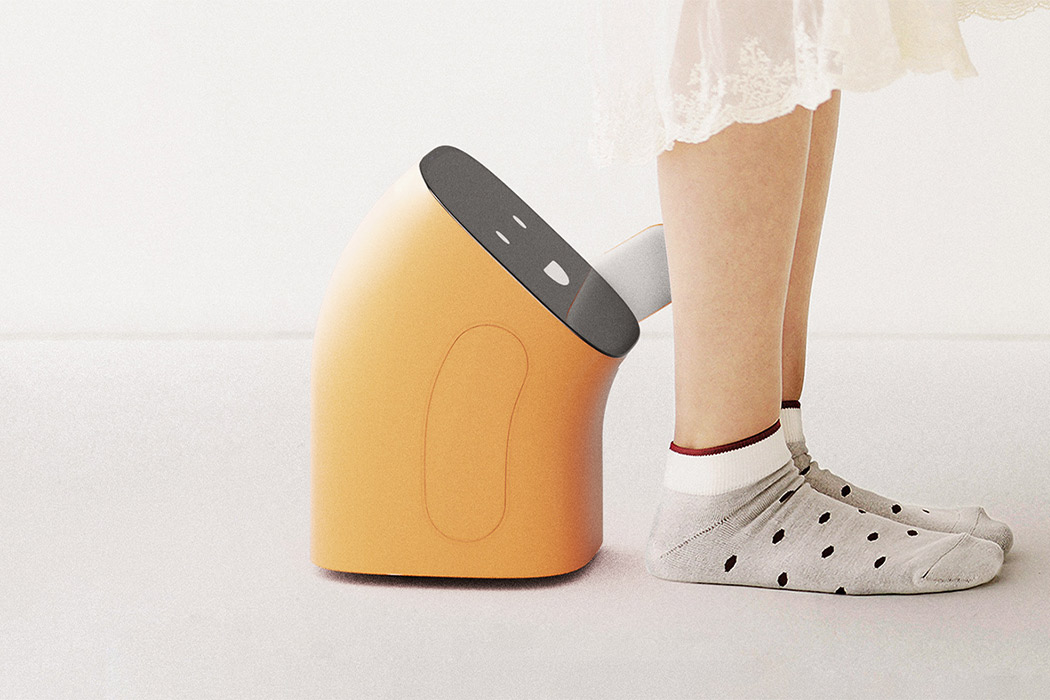
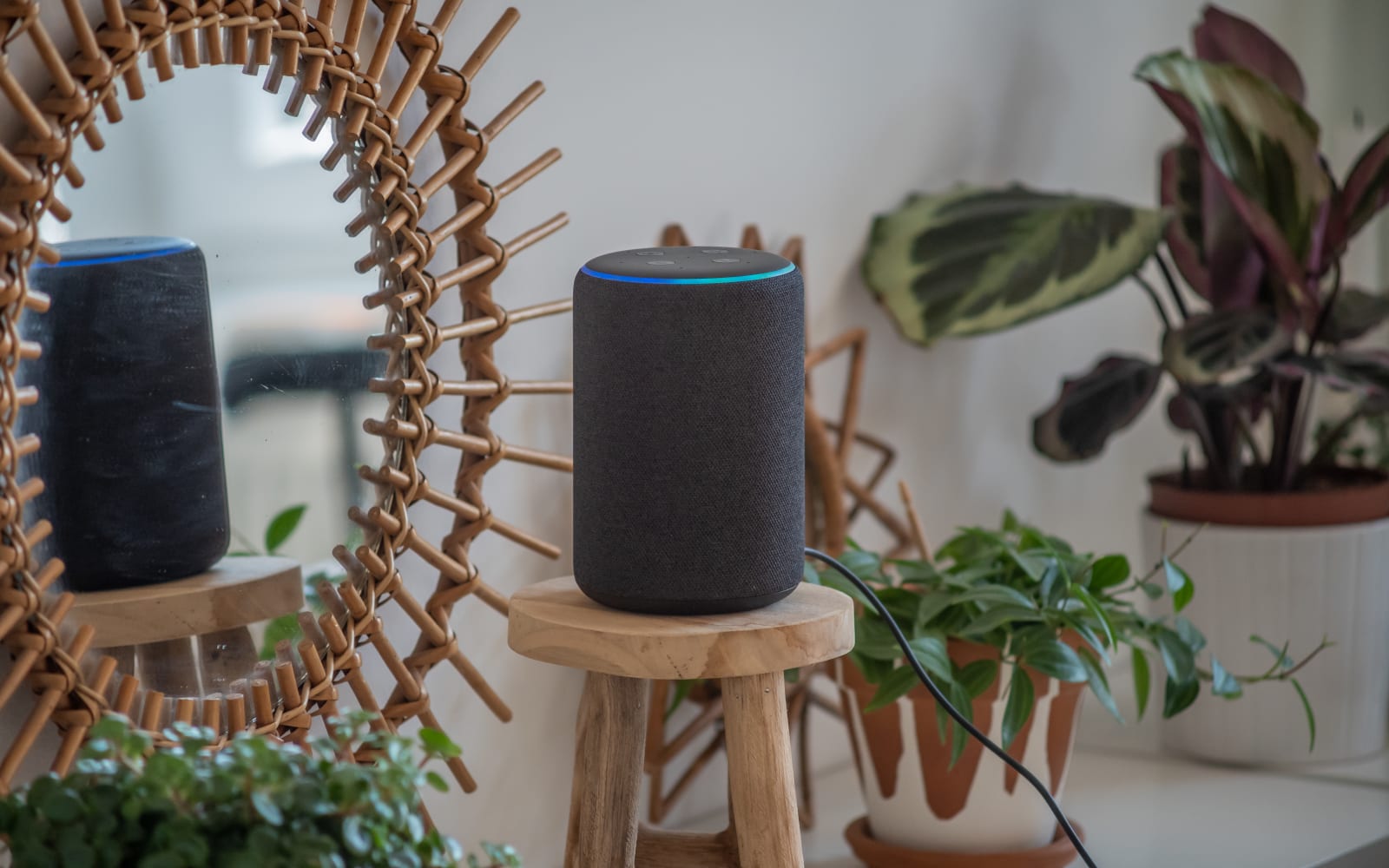 As of today, users in the US can ask their Alexa devices to speak slower or faster. The change is meant to make Alexa more accessible. Asking the voice assistant to speak slower could help people with hearing impairment better understand their device...
As of today, users in the US can ask their Alexa devices to speak slower or faster. The change is meant to make Alexa more accessible. Asking the voice assistant to speak slower could help people with hearing impairment better understand their device...








